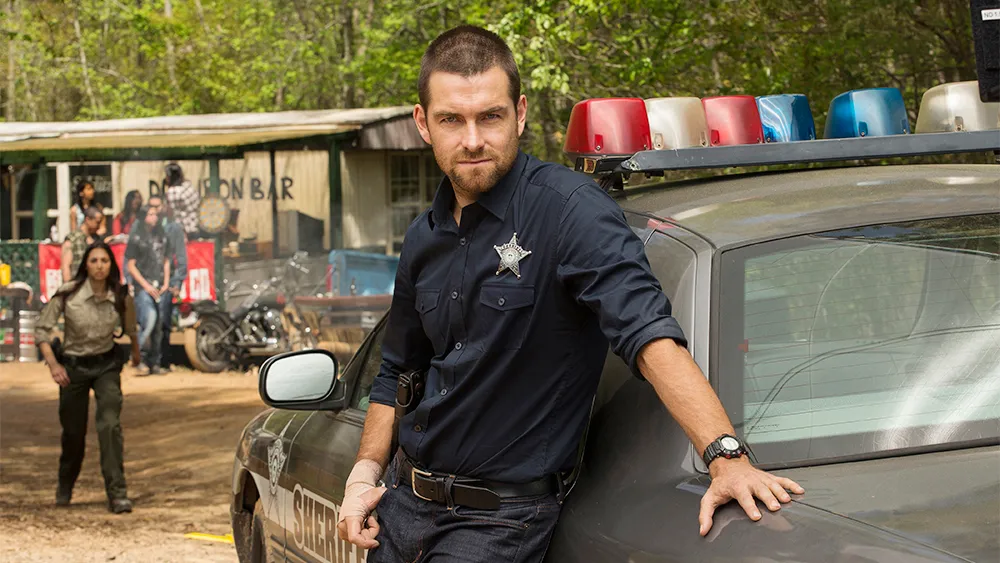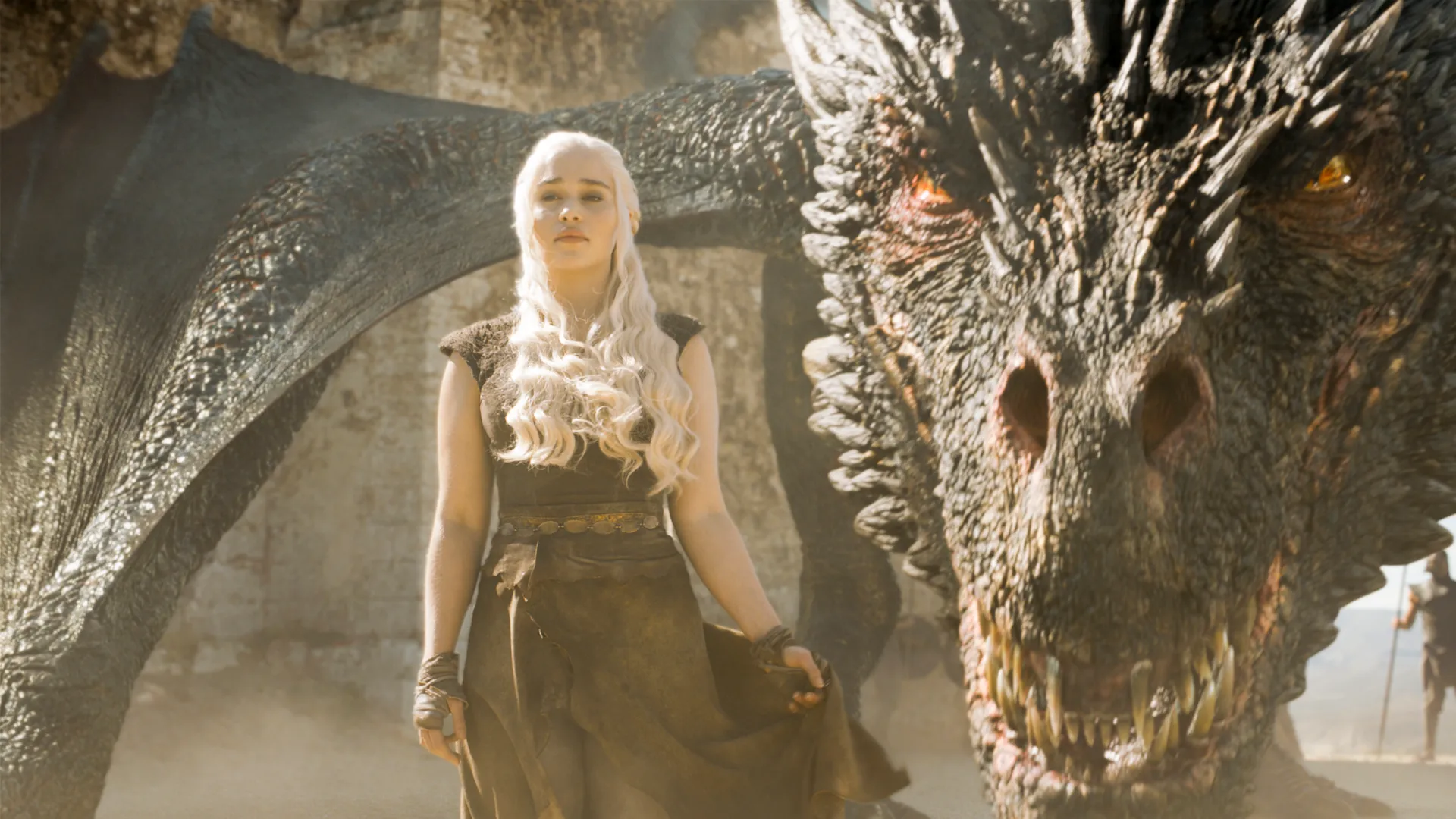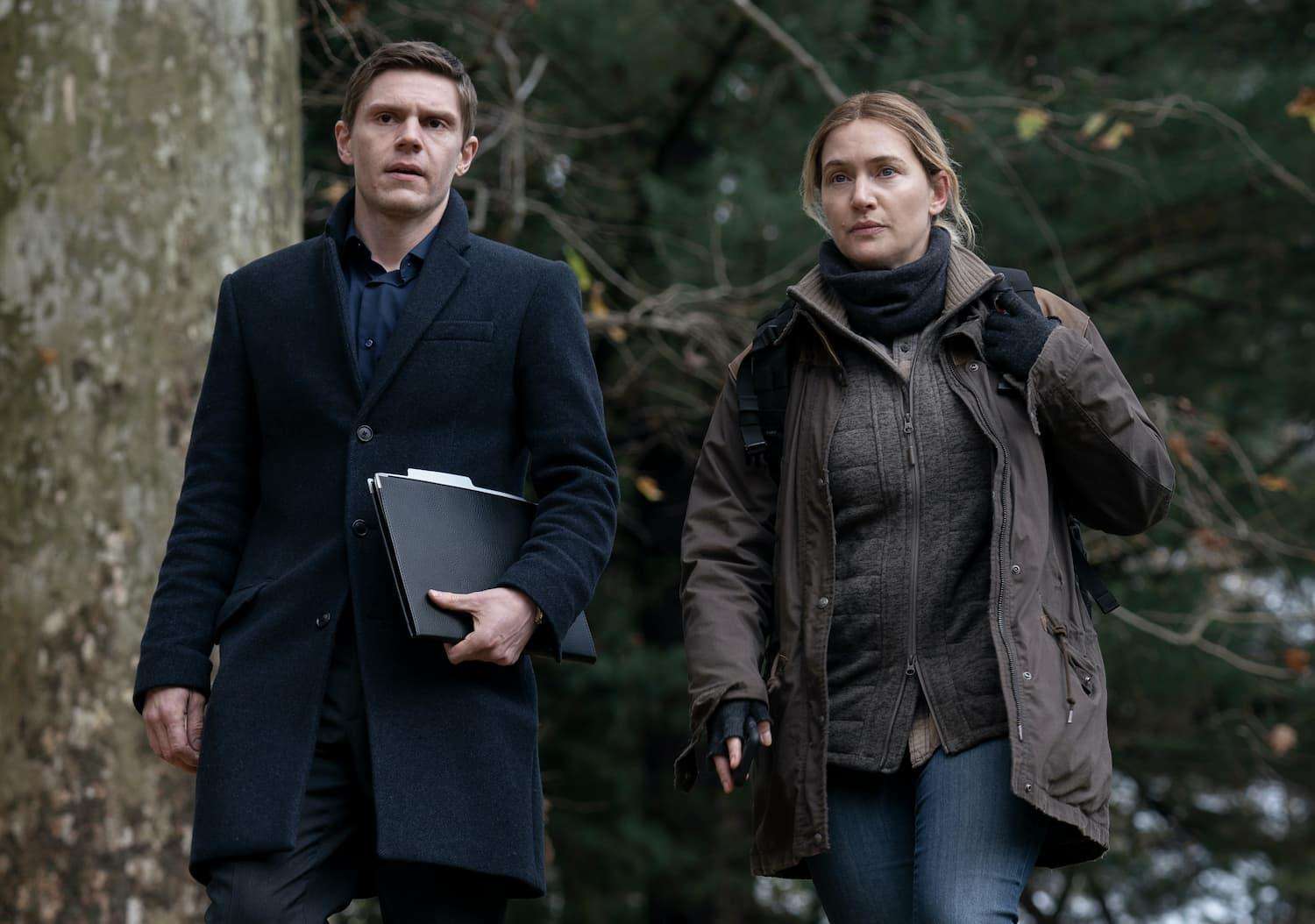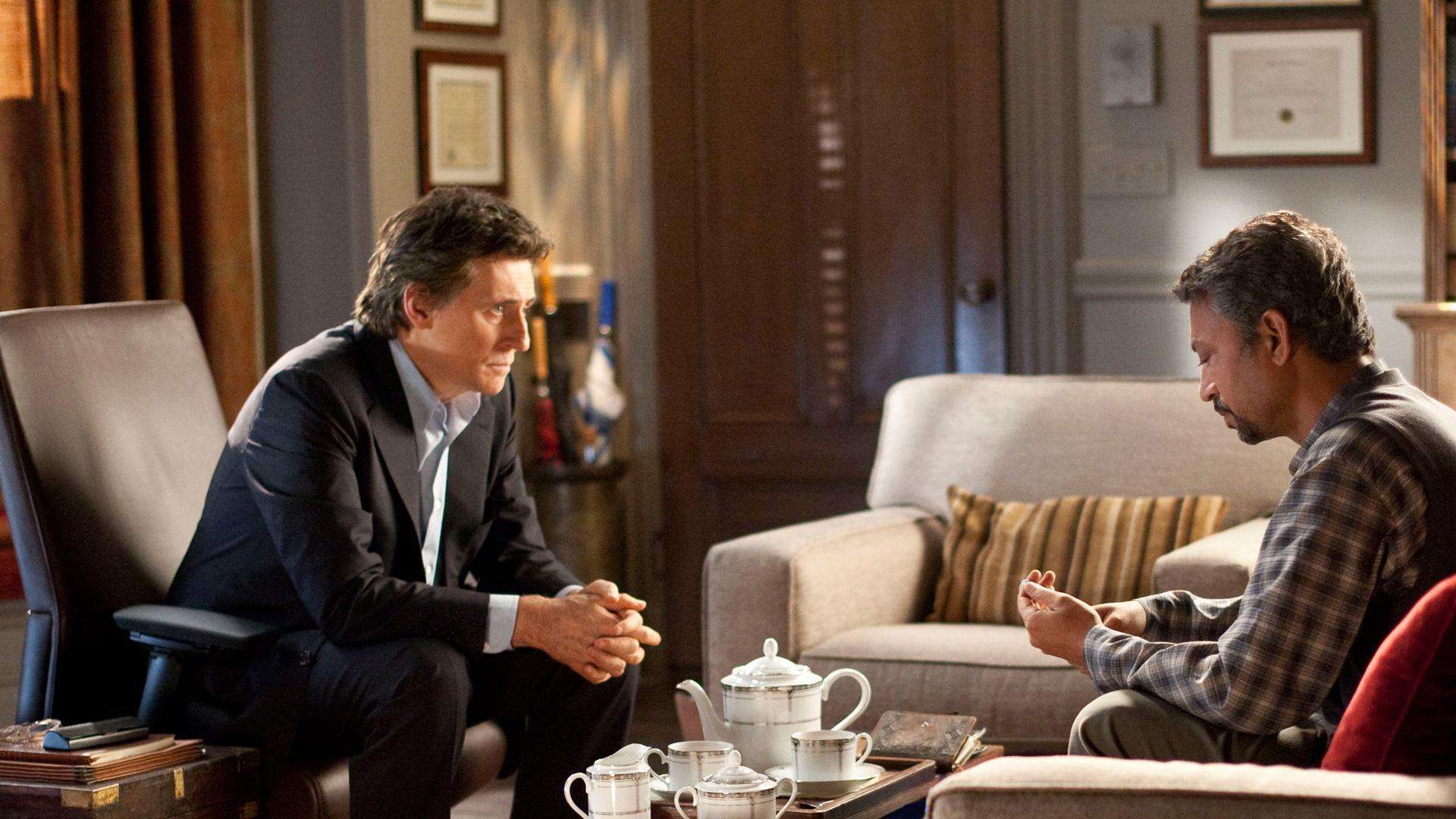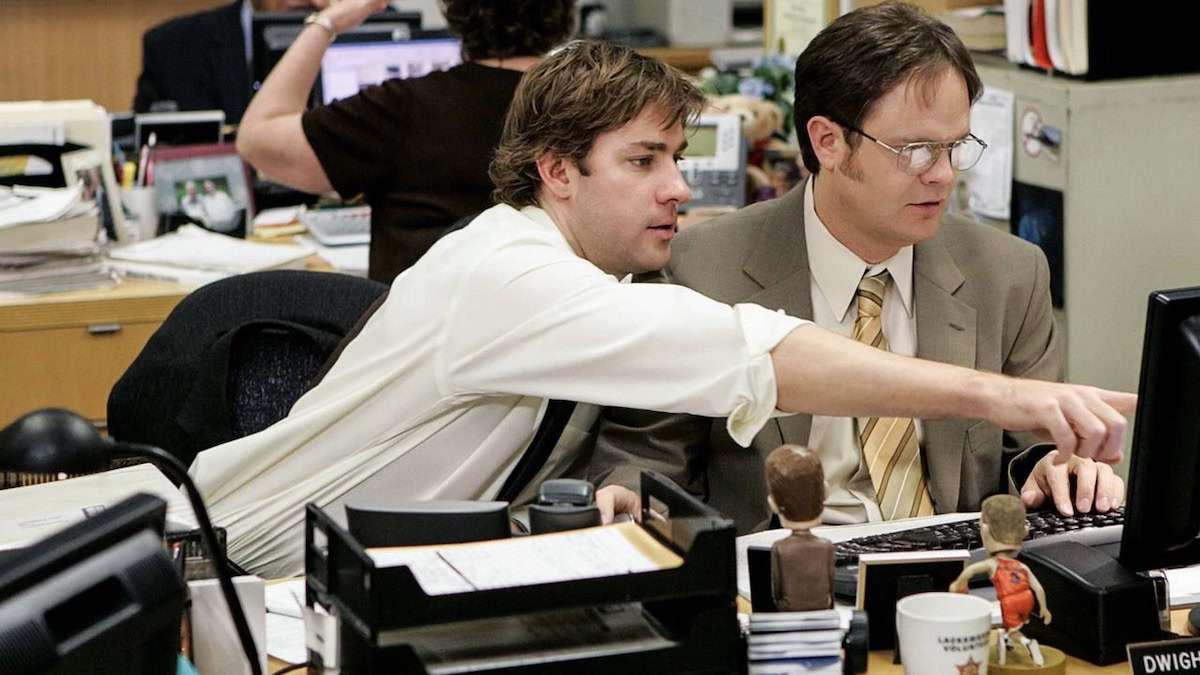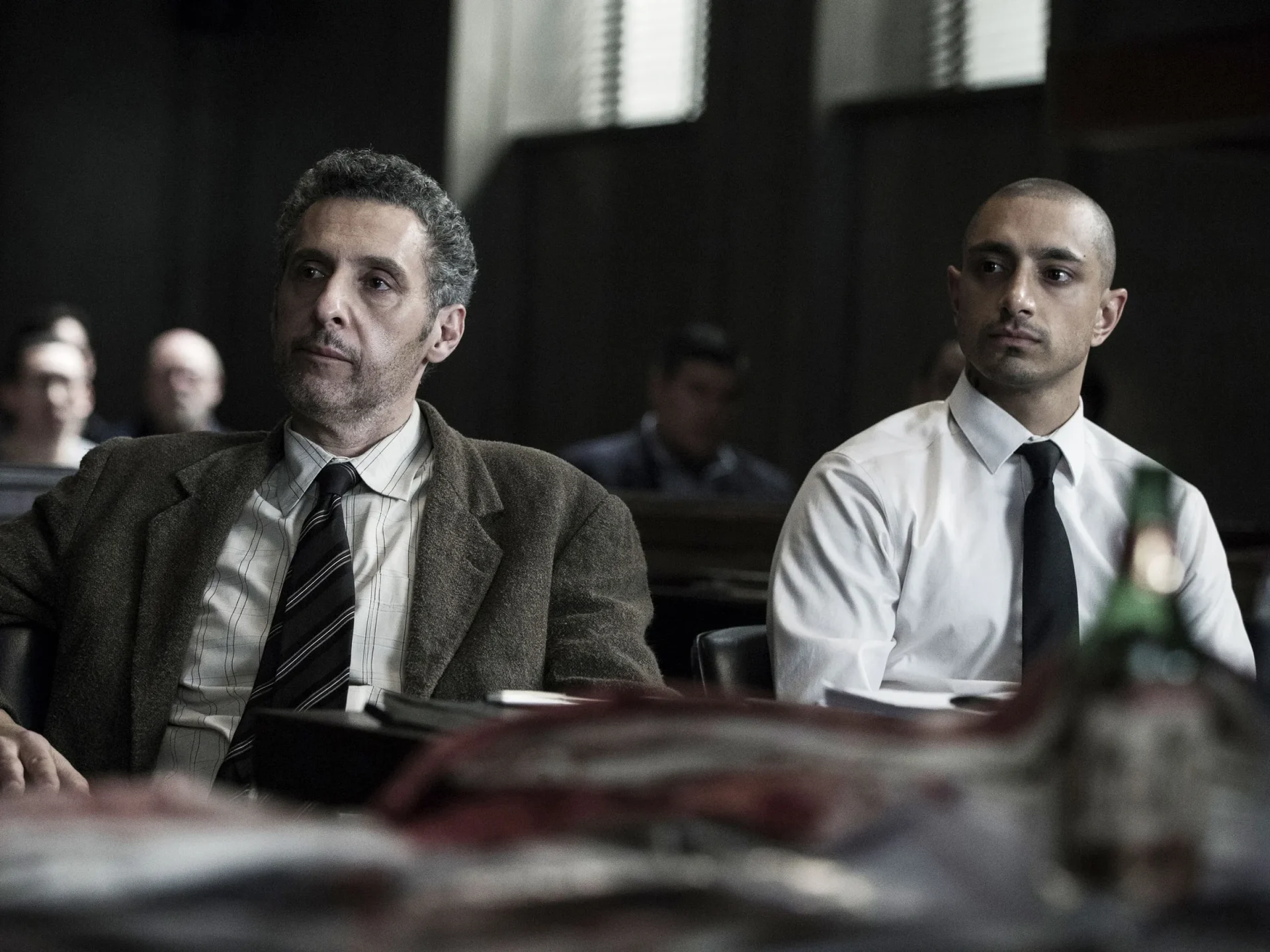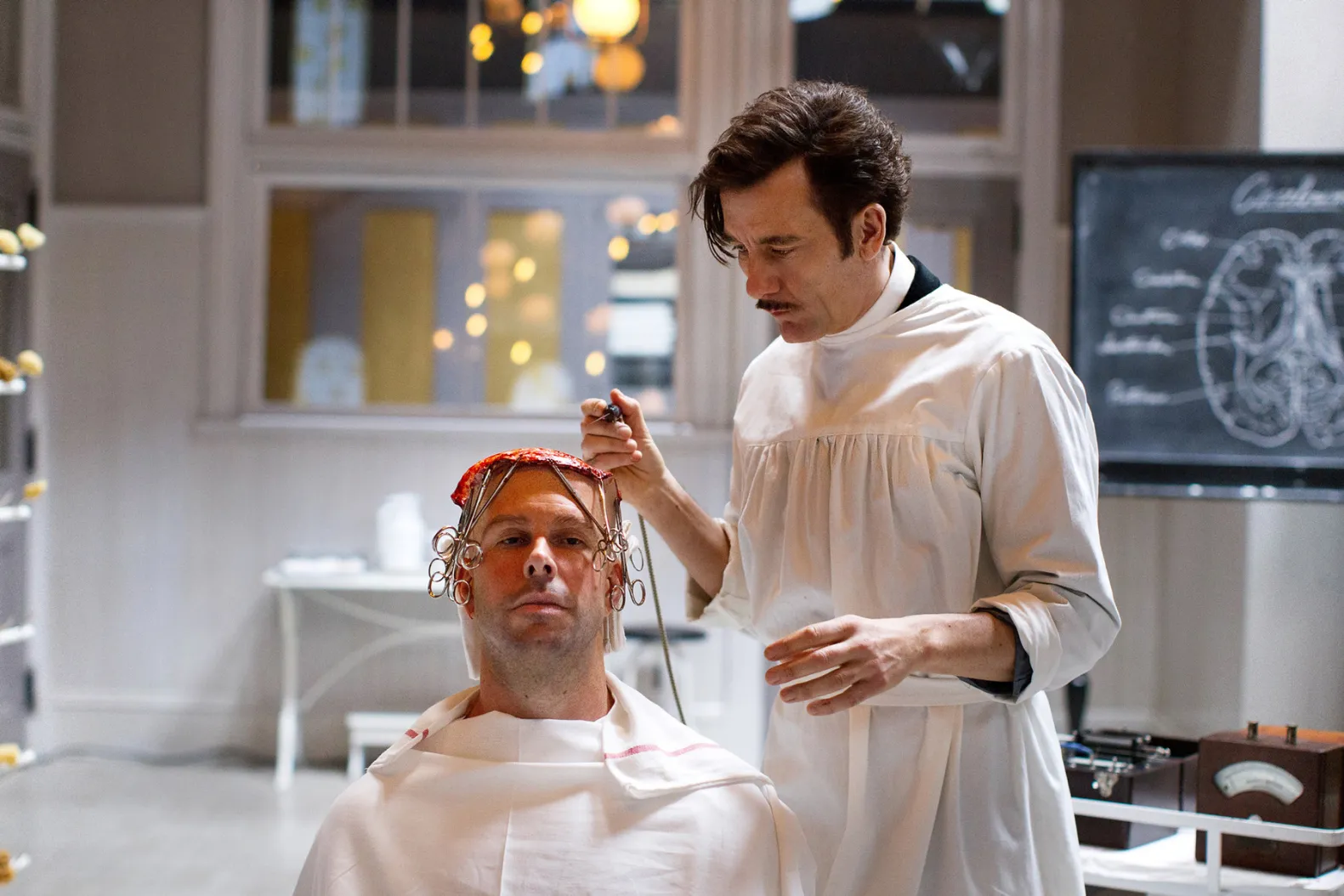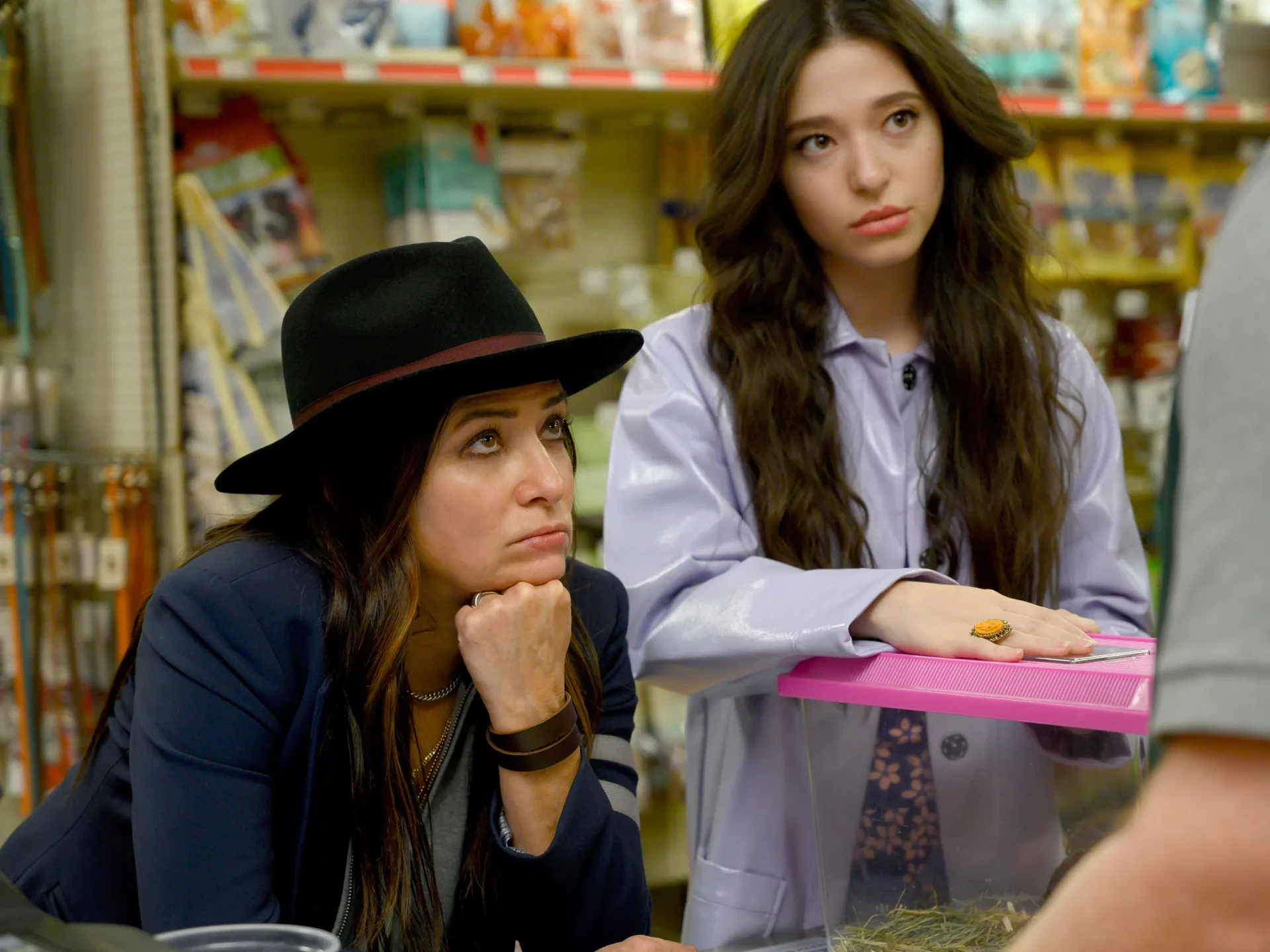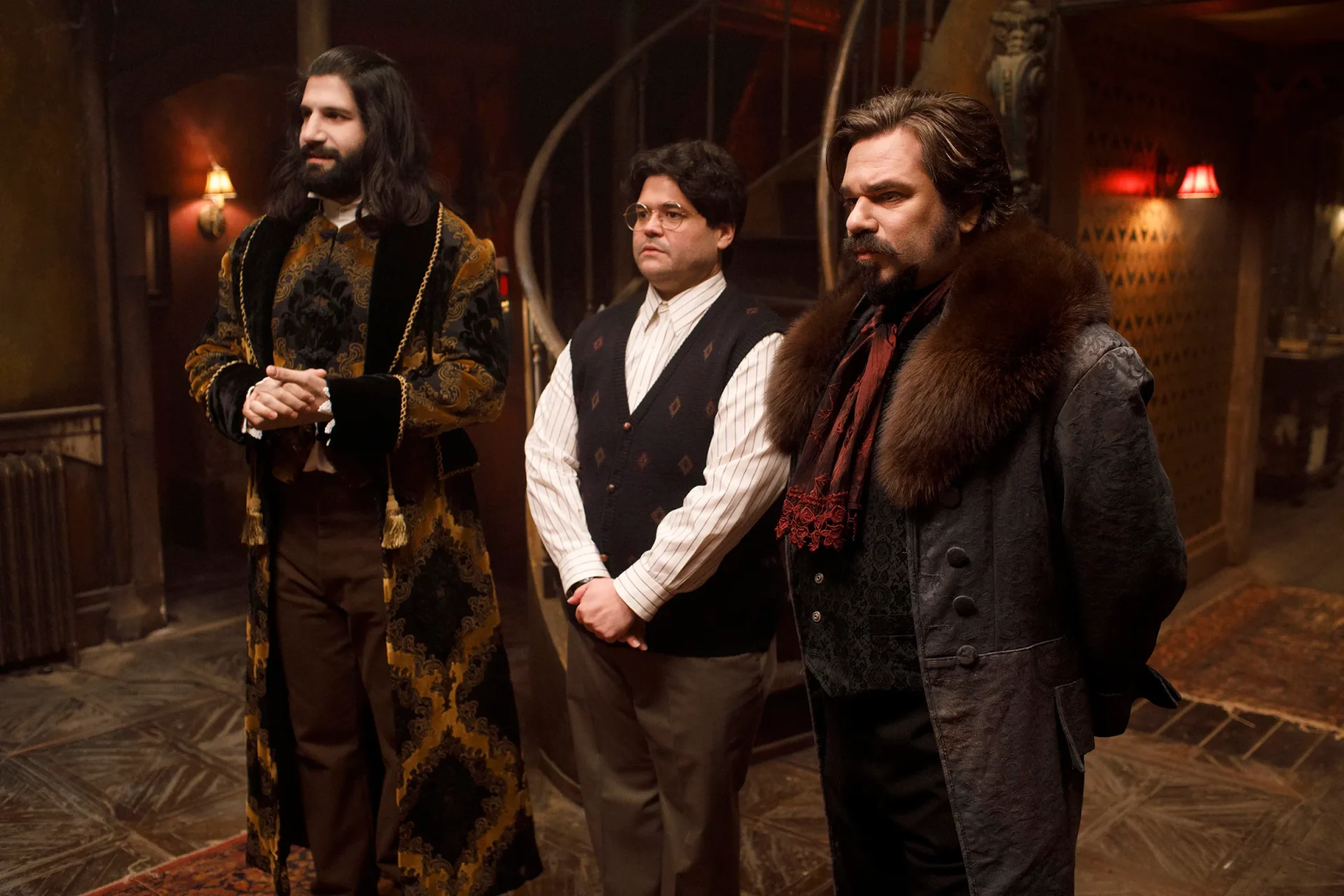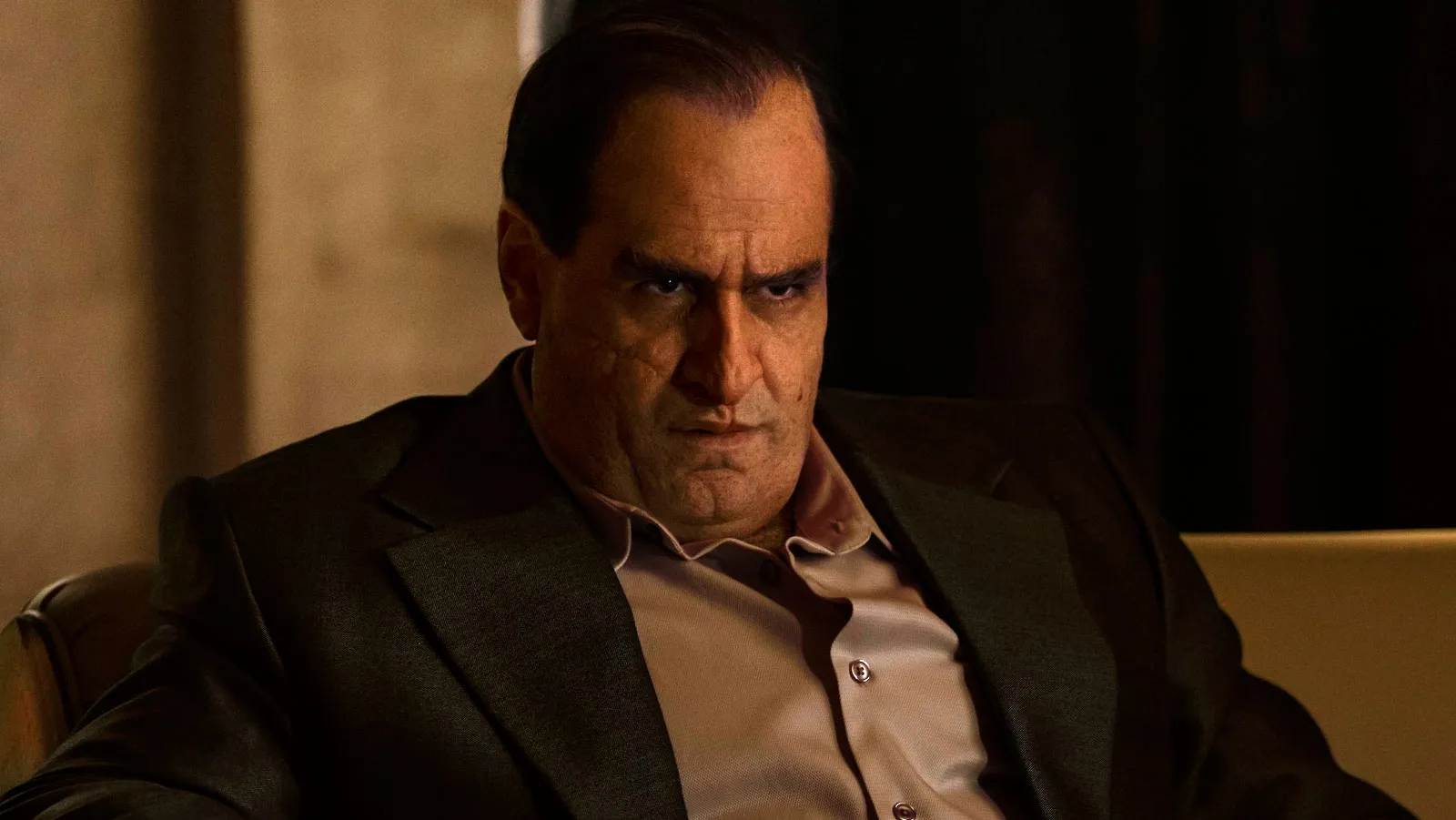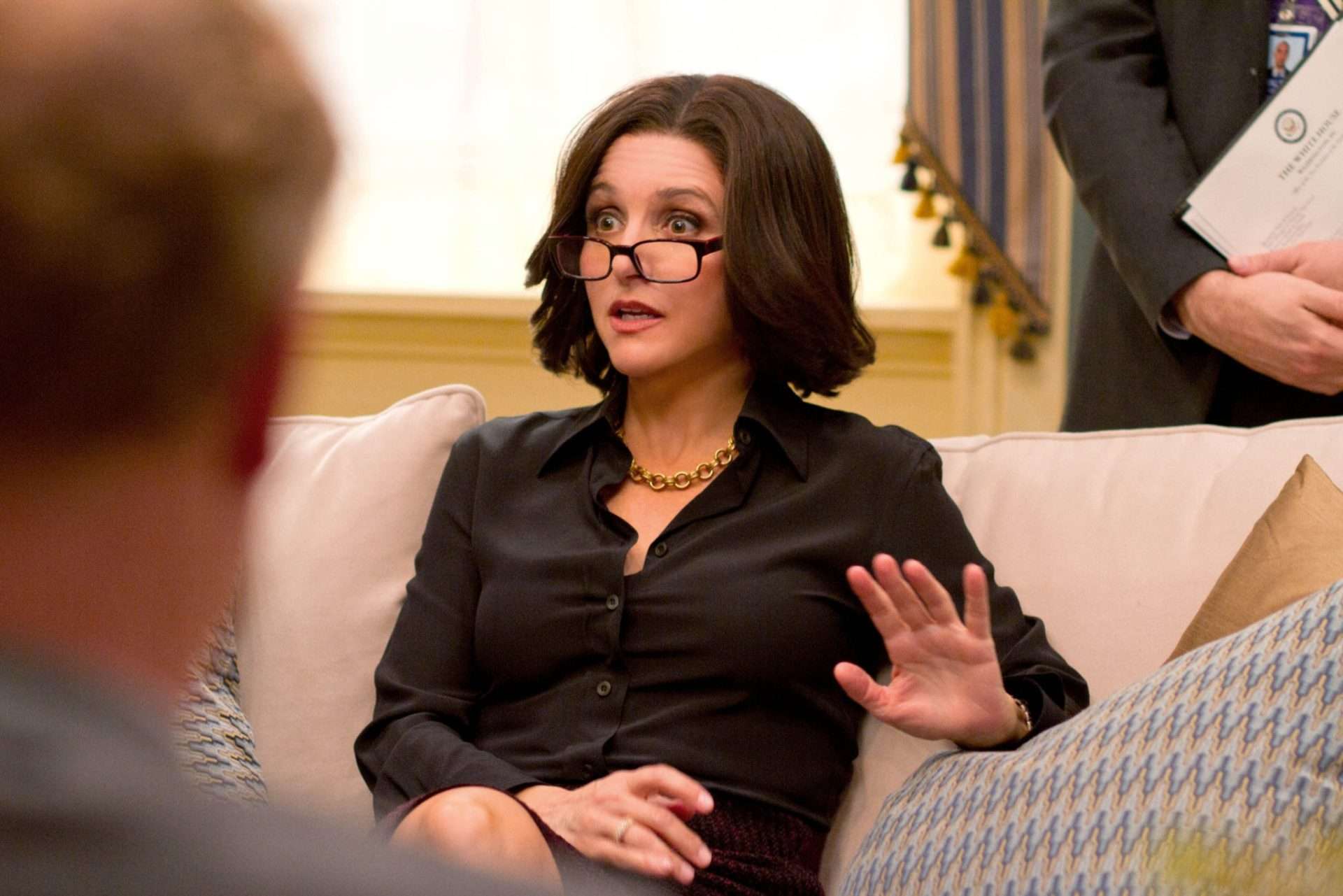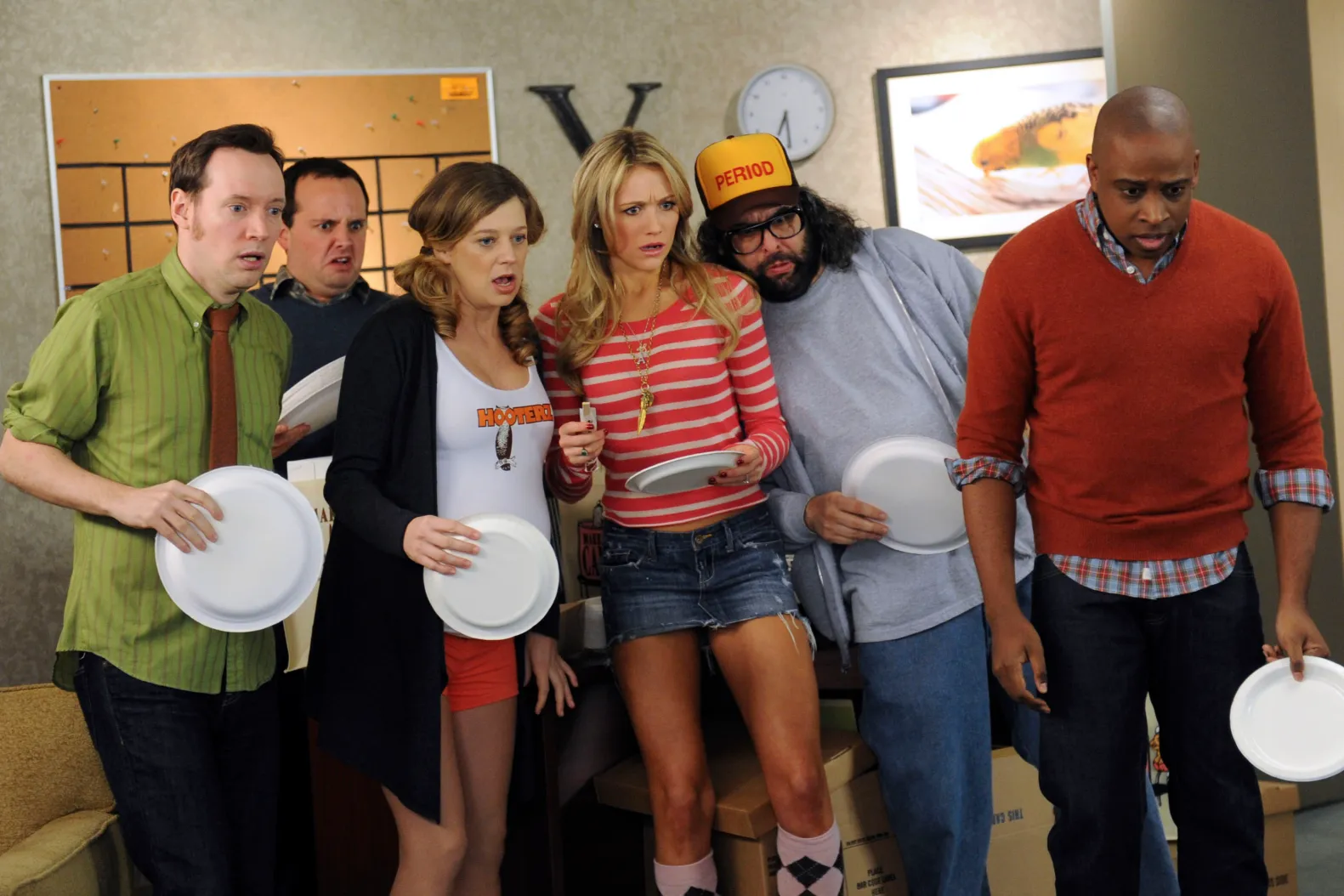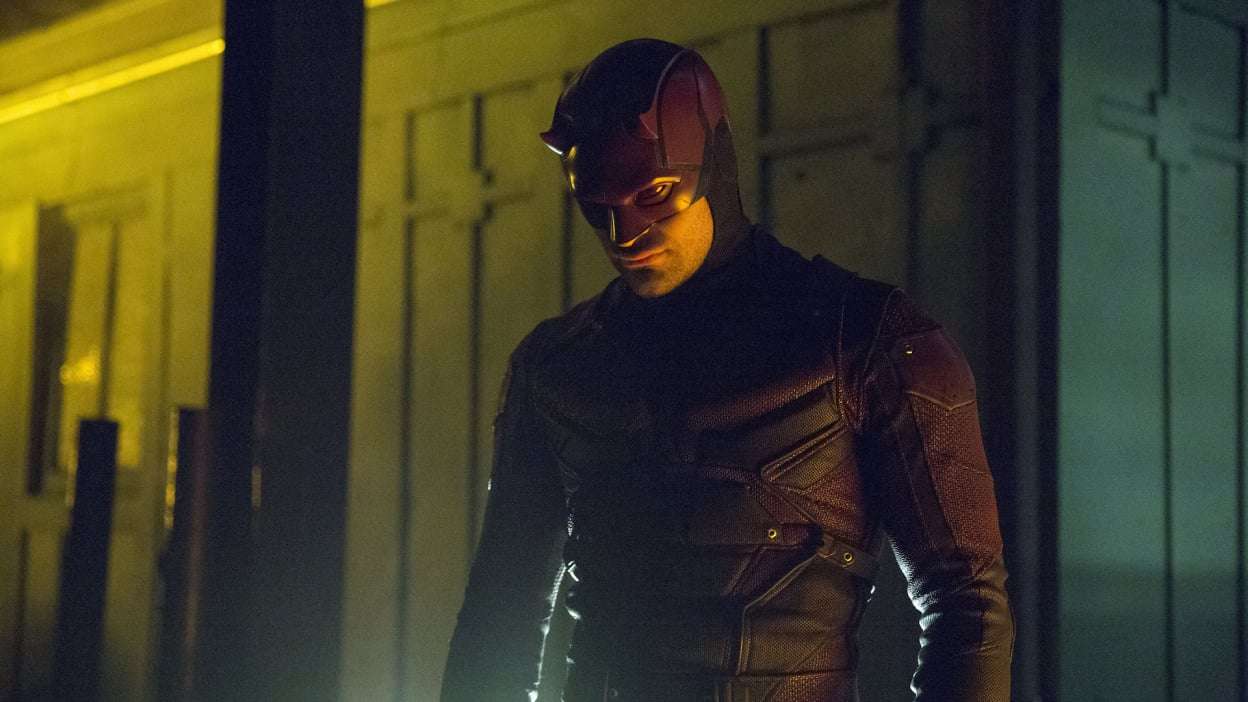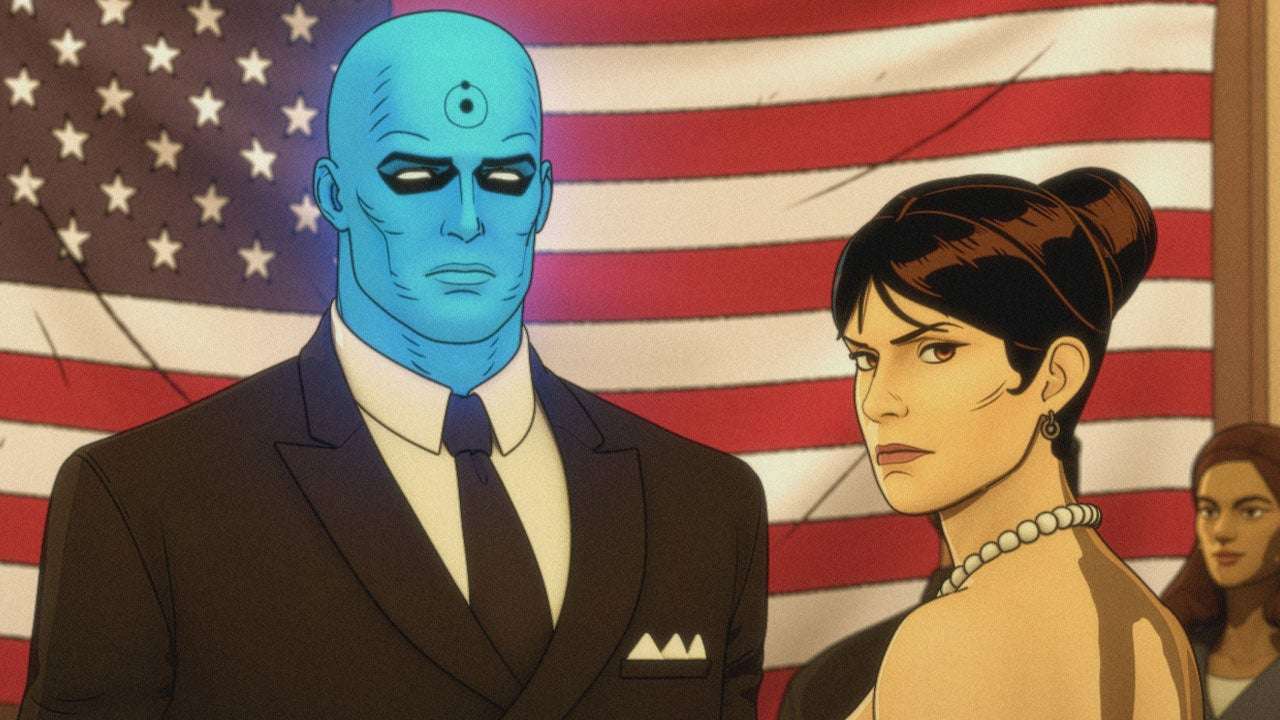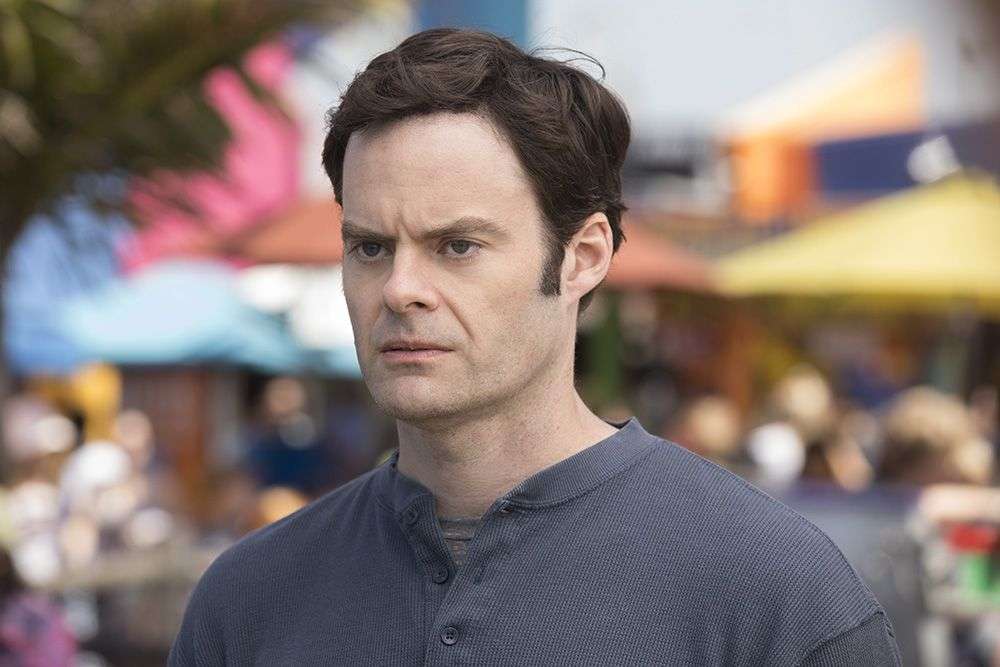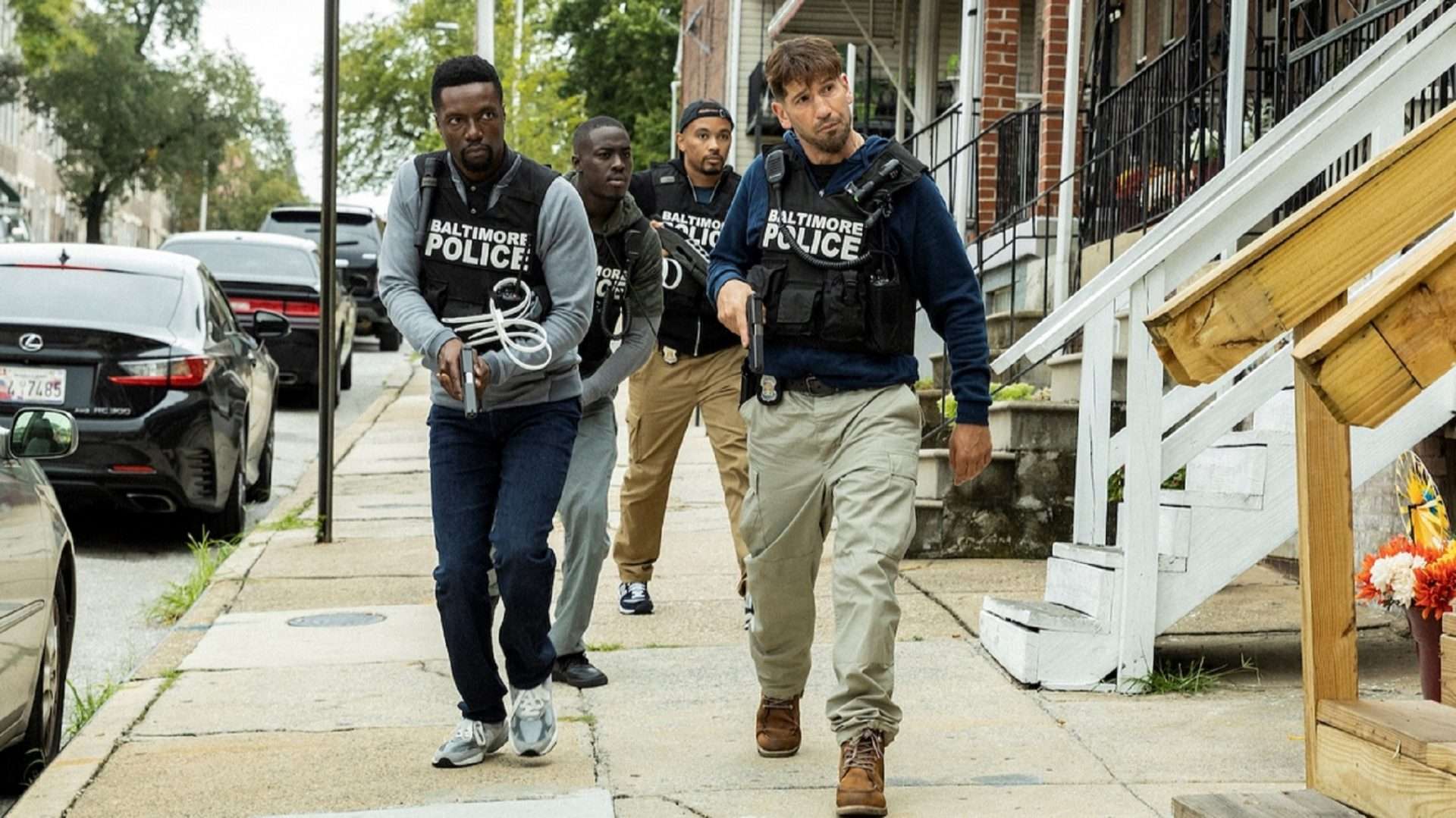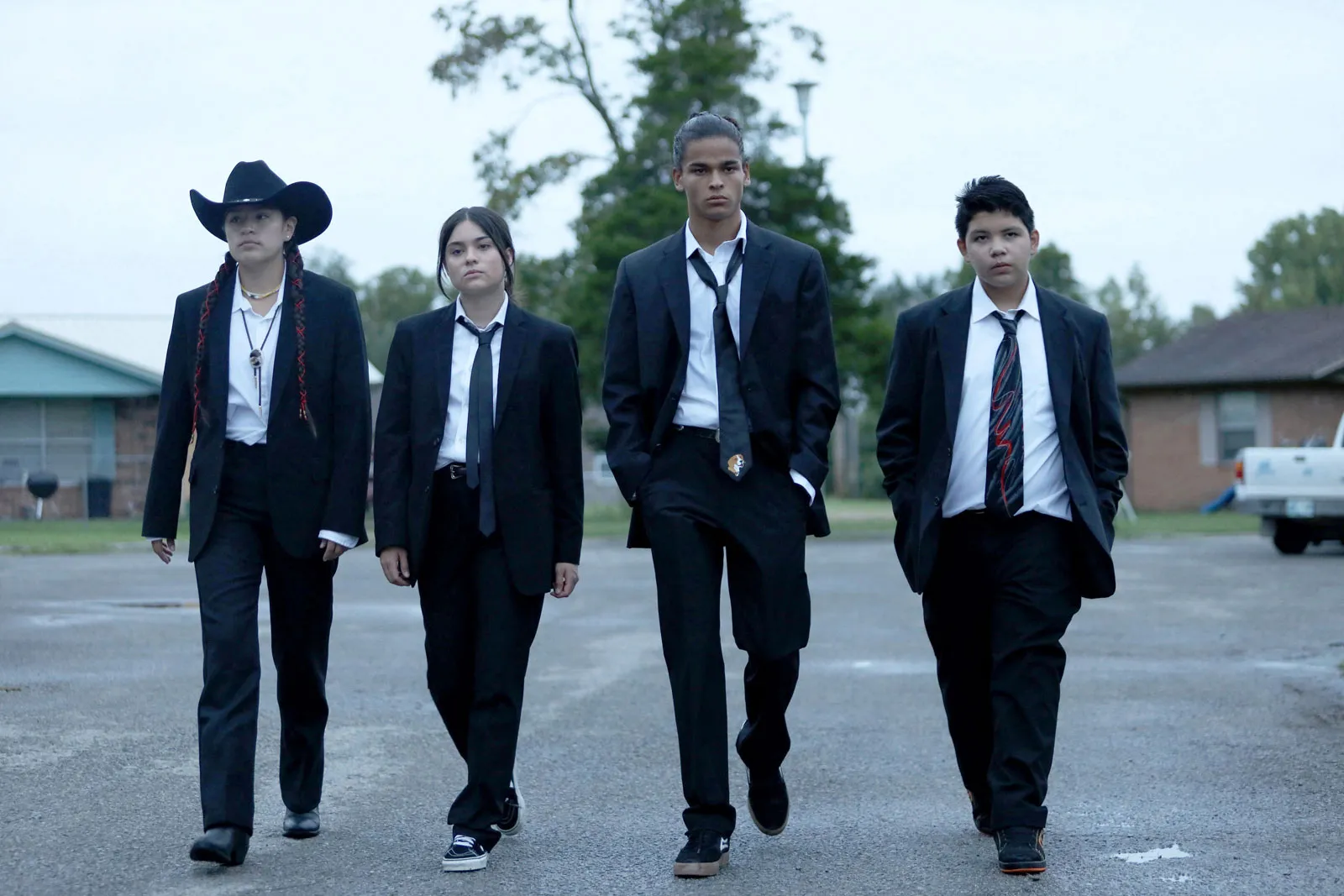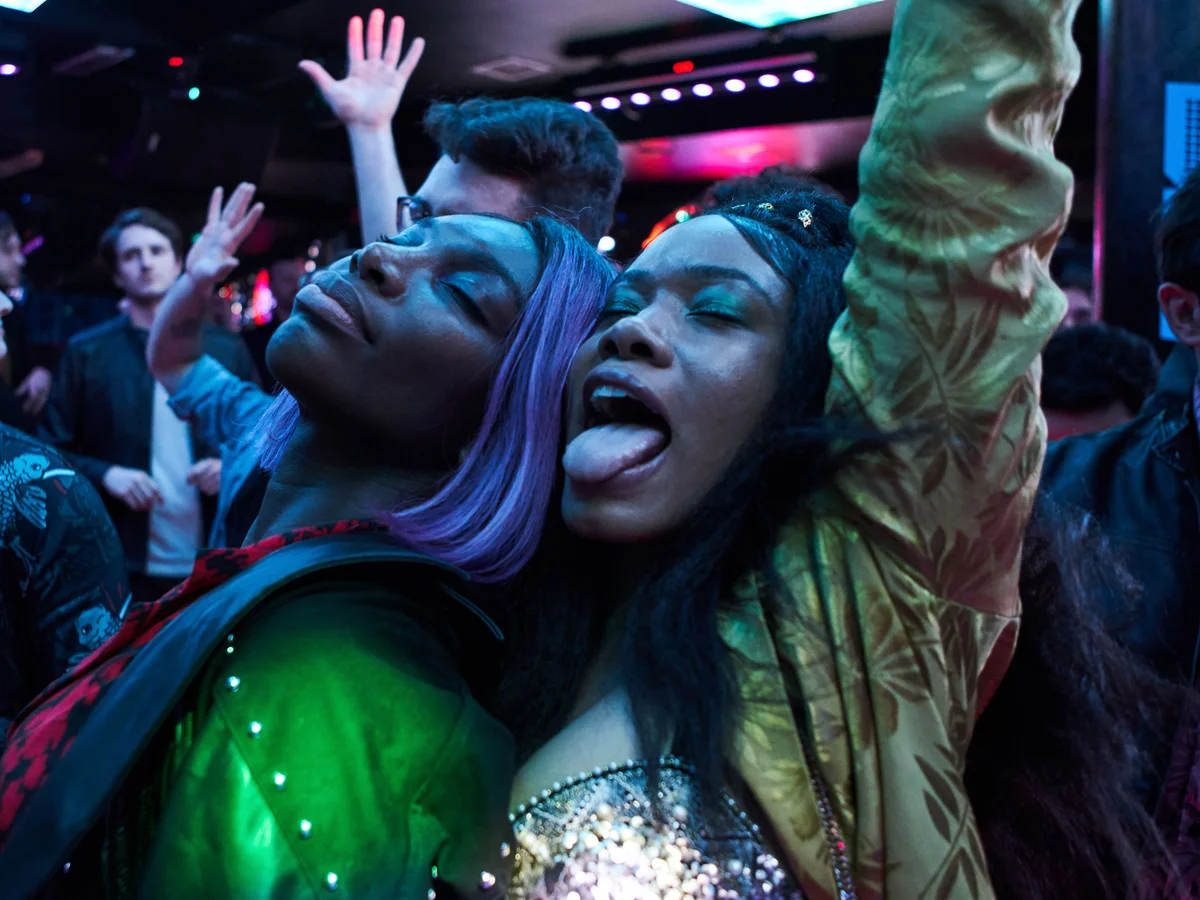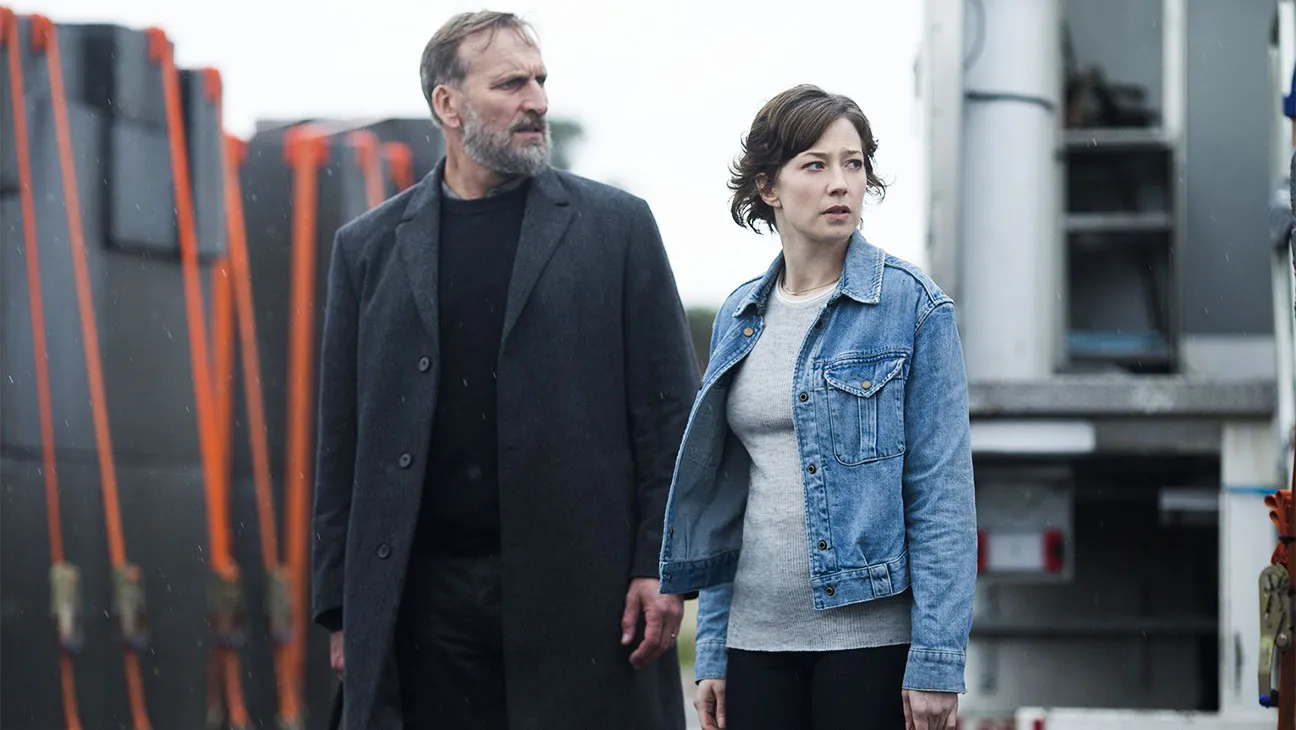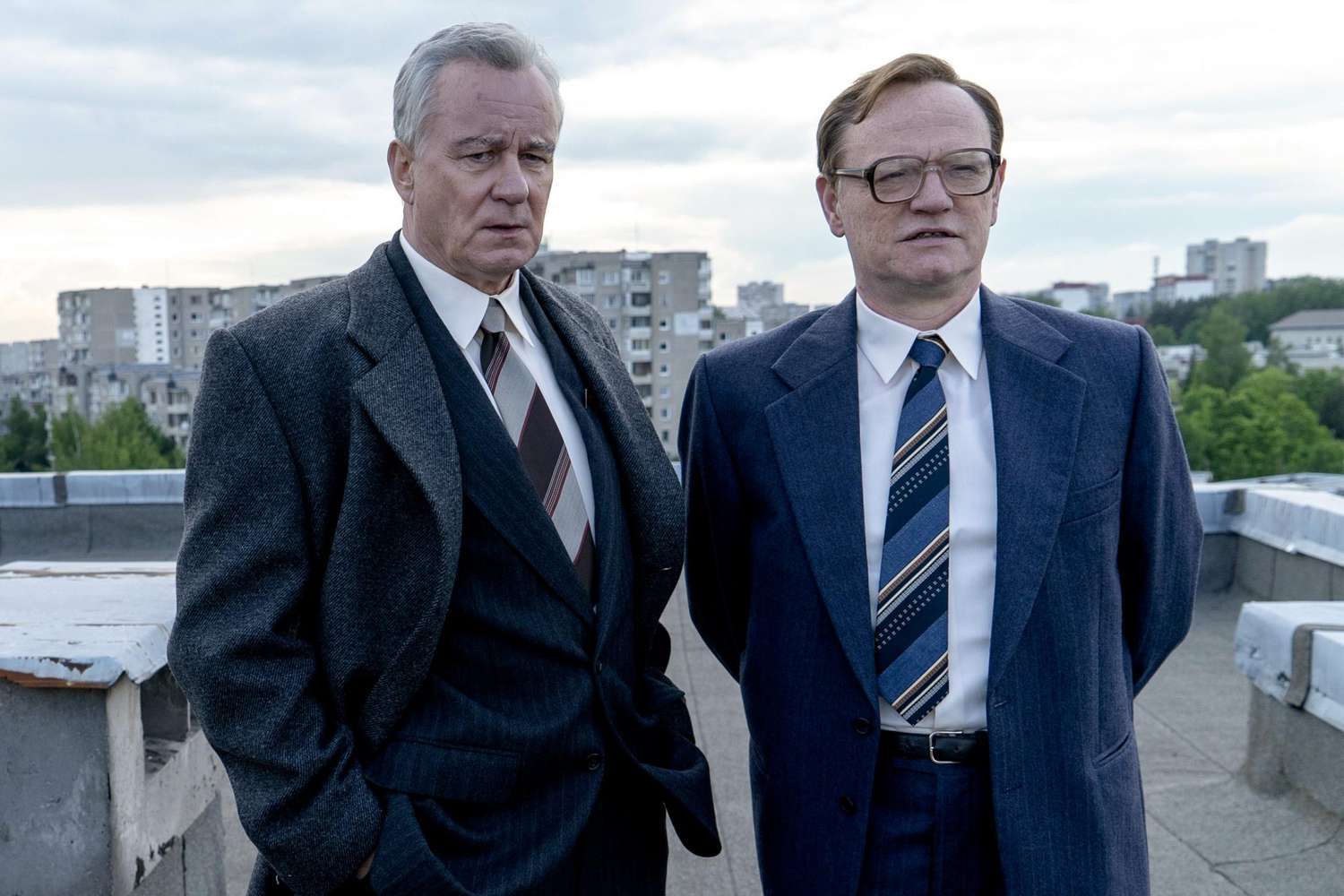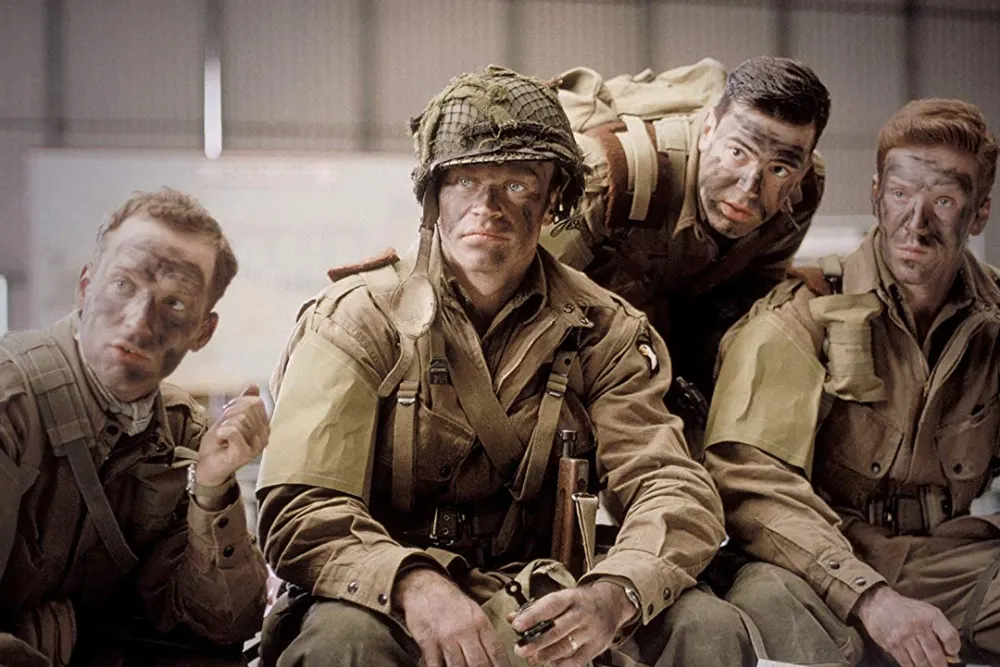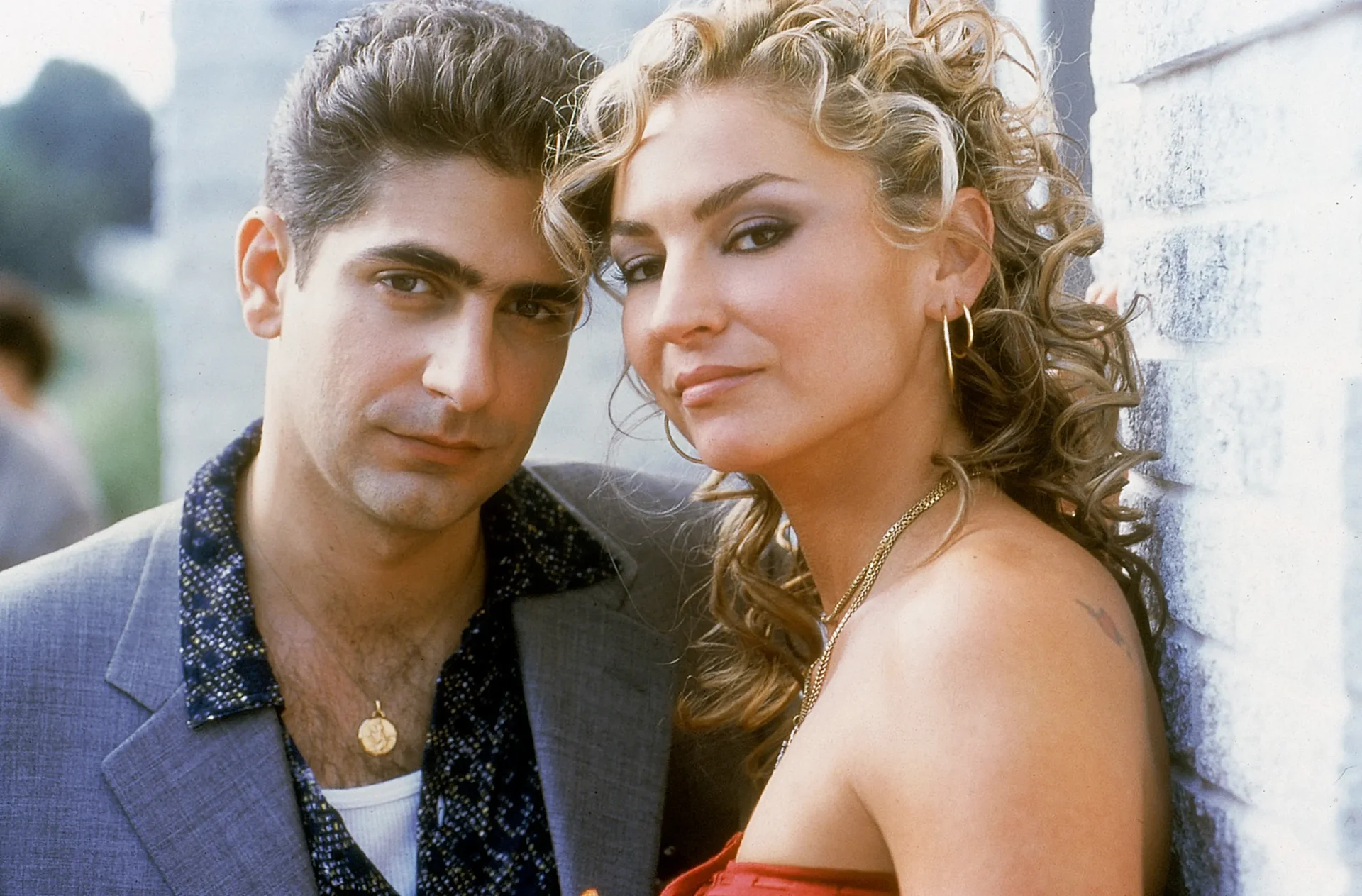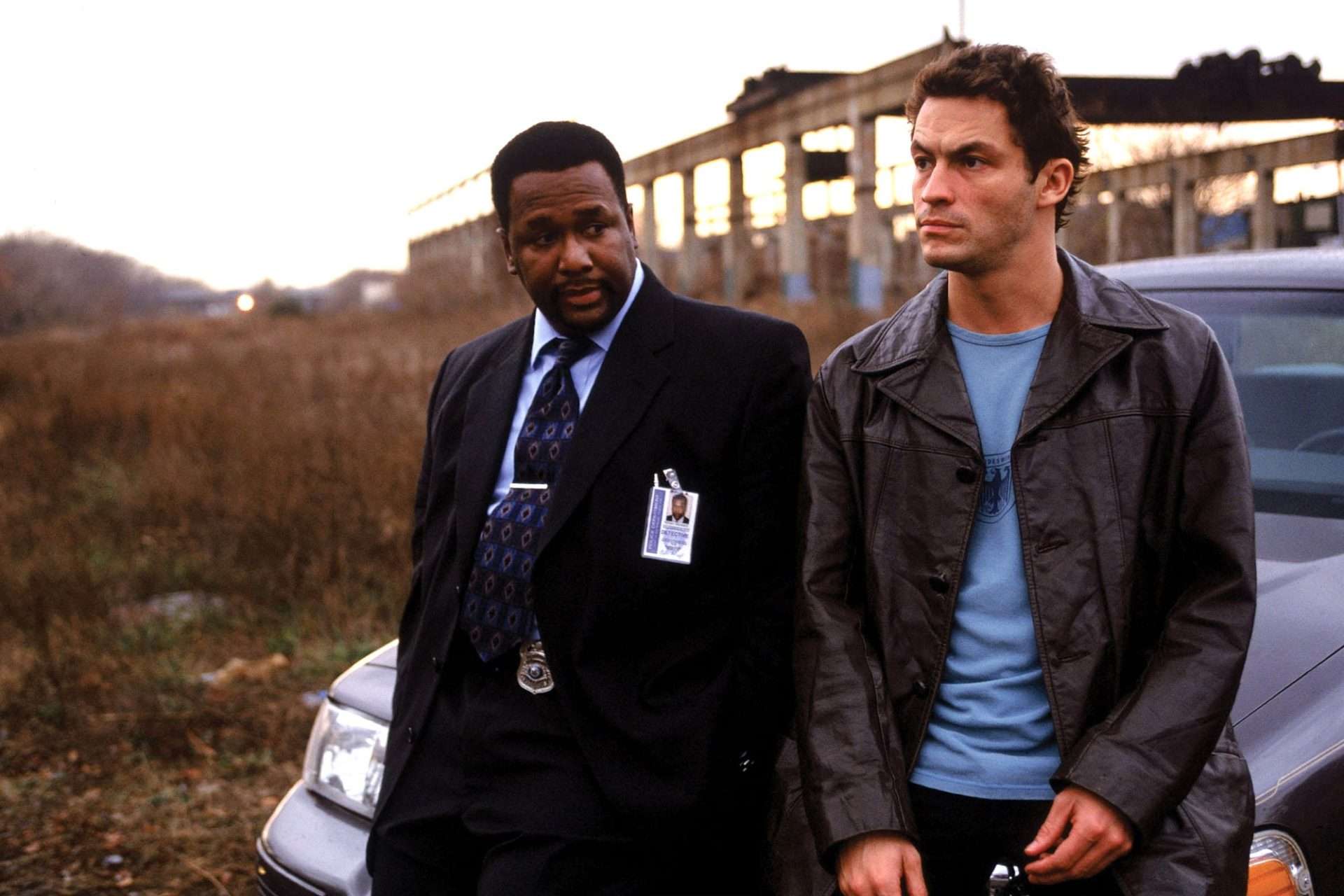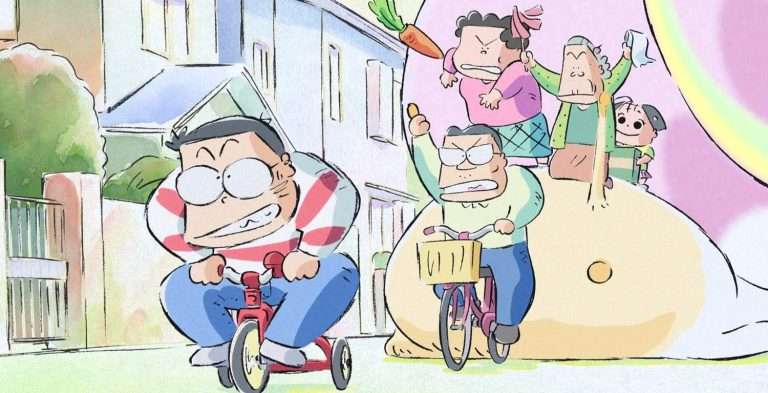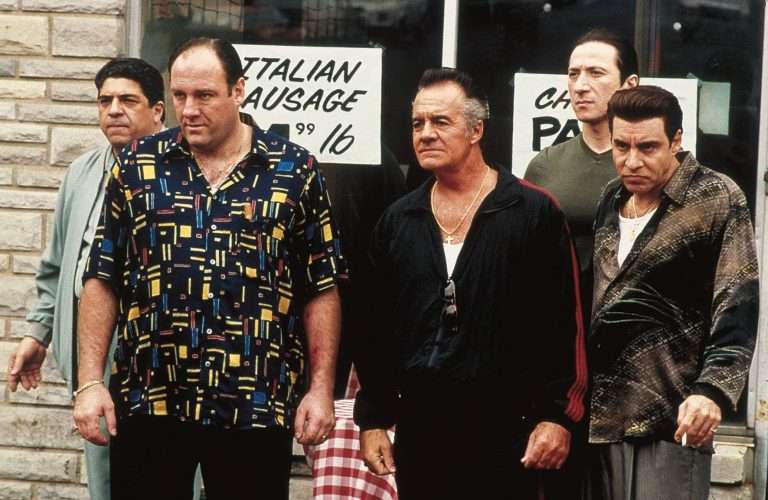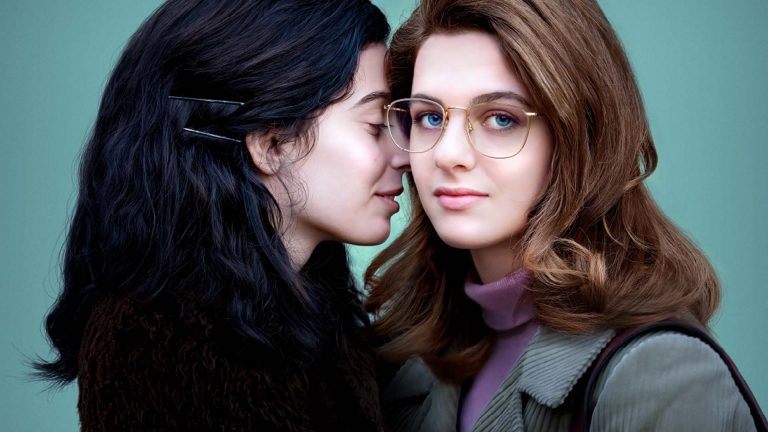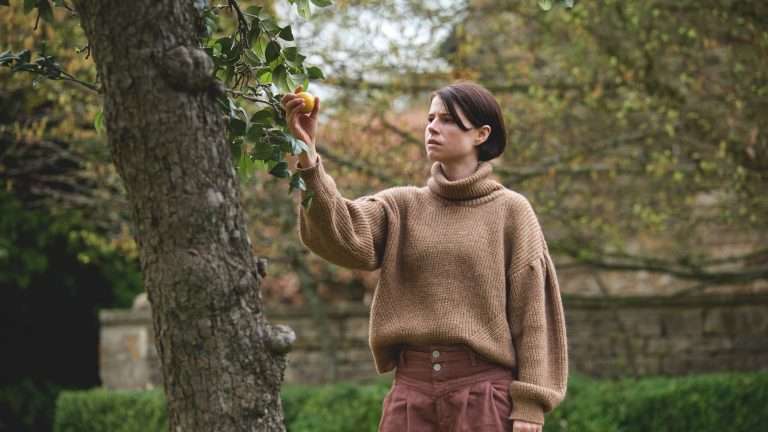Monopolies, mergers, and content shuffling through various streaming services are frustrating endeavors. They utterly break the illusion of accessibility towards films and media that the lure of OTT had invited when Netflix would disrupt the space, and the rest of the studios would follow suit with their own corresponding OTT service.
If one views the acquisition of Hotstar by tech giant Jio, leading to the dissolution of their streaming service Jiocinema, and the merging of Hotstar to form JioHotstar, it is essentially to swallow the media library of Disney+Hotstar. As a result, JioHotstar currently has the Disney Library, which includes Marvel and Star Wars, as well as re-integrates live sports broadcasting. More importantly, JioHotstar is now again the home of the HBO series and the sole distributor of Peacock and Paramount + content.
If one were to logically extrapolate and make a list of the best TV shows in Jio Hotstar, one can easily fill up the ranks with series under the HBO banner, and none would have been the wiser. However, considering we also have shows under FX, Marvel, Paramount +, and Peacock to consider, we did consider a few caveats –
- All the shows listed here have to be a completed series, either having multiple seasons or a miniseries. Thus ongoing series (“Industry,” “The White Lotus,” etc.) aren’t considered for the list.
- Miniseries which have been officially renewed for multiple seasons and are essentially anthologies but sharing the brand name (“True Detective,” “Shogun”) won’t be considered here until announced that they won’t be returning for any more seasons.
With that out of the way, here are the 25 TV shows that you can now stream on Jio Hotstar:
25. Banshee
Creators – Jonathan Tropper & David Schickler | No. of Seasons – 4 | No. of Episodes – 38
Airing on Cinemax for four seasons as part of a maxi-pay service under HBO, “Banshee” is an action television series. It follows an unnamed man who is released from prison after serving 15 years for stealing 15 million dollars in diamonds. Once out of prison, he goes to search for his accomplice/lover and tracks her down to the town of Banshee, Pennsylvania. There, he gets involved in a bar brawl while helping the bar owner fend off a group of criminals. Lucas Hood, the new sheriff in town, would also intervene but would be killed in the scuffle. Our protagonist would take Hood’s identity and begin impersonating the sheriff, trying to sort things out with his ex-lover, as well as deal with both the mob boss after him and the ex-Amish crime lord who rules the town with an iron fist.
Part neo-western, part crime drama, and utterly bonkers but extremely well-executed action series, what truly attracted me as a viewer is not just how much it utterly leans into the B-movie sensibilities, but also how Tropper and Schickler uses the long-form storytelling format to flesh out and create compelling characters of archetypes within this specific genre space. This occurs while the show also tastefully and yet lavishly displays violence and nudity in equal measure, as expected from a show that would be airing on “Skinemax.”. But its skillful execution of action set pieces, character dynamics, and dramatic hijinks push “Banshee” beyond the “guilty pleasure” territory into its unique binge-able form. This is also the show where Antony Starr comes into his own as a leading man before he grabs attention with his villainous turn as “Homelander” in “The Boys.”
24. Rome
Creators – John Milius, Bruno Heller, William J. Macdonald | No. of Seasons – 2 | No. of Episodes – 22
Using the perspectives of two fictional Roman tribunes—Lucius Vorenus (Kevin McKidd) and Titus Pullo (Ray Stevenson)—the show manages to chronicle the daily lives of the rich and powerful as well as the plebeians of Roman society. Vorneus and Pullo manage to witness and even influence important moments in the history of Rome, as the show explores Rome from its burgeoning days as a Republic to becoming an Empire. The first season covers the rise of Julius Caesar through the civil war of 49 BC, his growing power and dictatorship, finally leading to his assassination on the Ides of March, 44 BC. The second season, which accounts for the early days of Octavian (Augustus Caesar) and his relationship with Vorenus and Pullo as explored in the first season, follows Octavian’s rise as the emperor and the power struggle between Octavian and Mark Antony.
A co-production between the United States, United Kingdom, and Italy, it wouldn’t be hyperbole to state that “Rome” as a series would set the template for big-budget long-form storytelling with high political intrigue that would be taken as the base and expanded upon in its most potent successor in “Game of Thrones.”. It arguably is one of the most expensive television series commissioned by HBO before “Thrones” came into the picture, with the second season being streamlined primarily due to budgetary constraints. But what makes “Rome” remarkable is not just in how it managed to make history streamlined and entertaining, but in how it managed to infuse humanity and tactility within all the characters—the fictional as well as the historical counterparts.
23. Game of Thrones
Creators – David Benioff, DB Weiss | No. of Seasons – 8 | No. of Episodes – 73
Based on the widely popular fantasy series “A Song of Ice and Fire,” with the show sharing the name of the first book, it follows the events of the fictional kingdom of Westeros and the Seven Kingdoms ensconced within it. It primarily has three major storylines, and multiple disparate threads due to a large ensemble cast. The primary plot point concerns the war of succession over the Iron Throne for the kingdom of Westeros with different factions involved in the war and the allegiances, betrayal, and politics that stem from said conflict. The second plot concerns the action of the exiled scion and her journey towards Westeros in an effort to reclaim her throne. The final plot concerns the rise of an evil supernatural force towards the northern area of Westeros, that threatens to destroy the entire kingdom.
To state that “Game of Thrones” was a pop cultural phenomenon is an understatement. While it had been on air, the show not only re-defined the cultural zeitgeist, but it rekindled the “water-cooler” show, to the extent that most studios and streamers are still searching for that elusive water-cooler show. While one can argue that the special effects, the staging, and the overall scale of the battle sequences had been a benchmark for television as a whole, it also resulted in HBO and the rest of the studios learning all the wrong lessons.
The show managed to imprint upon the collective consciousness because of the large ensemble cast and the majority of the cast being comprised of compelling characters essayed by fantastic actors, and in the show’s, almost flawless balancing act of keeping all the disparate threads and character arcs coherent and easy to follow, while keeping the viewers on their toes. One of the primary reasons why the show is so below the list is because of how it fails to stick the landing in its final season, with the rot showing at the beginning of the seventh season itself. The contraction of all the plotlines resulted in a less-than-satisfactory denouement, but at its best “Game of Thrones” was an extraordinary achievement of television writing and execution within the first six years, and is undeniable even amongst its ardent naysayers.
Also Related to Best TV Shows on on Jio Hotstar: 15 Best TV Shows Based on Movies You Must Check Out
22. Mare of Easttown
Creator – Brad Inglesby | Miniseries | No. of Episodes – 7
Created and written by Brad Inglesby and directed by Craig Zobel, “Mare of Easttown” follows police detective Marianne “Mare” Sheehan investigating the recent murder of a teenage mother. A local hero, and now a doubted detective due to her failure to successfully close a case a year prior, Mare is also going through a divorce, a son lost to suicide and is in the middle of a custody battle with her late son’s heroin-addicted girlfriend over her grandson.
There are very few shows that perfectly capture the experience of living in a tiny town, knowing every member of the community, and the resulting feelings of closeness, claustrophobia, and annoyance. Mare’s spiky and straightforward manner makes her likable and easy to root for. It also helps that she is portrayed by Kate Winslet, who delivers a late-career-defining performance. Her connection with her mother, expertly performed by Jean Smart, is one of the show’s main attractions. But what shines out is Winslet’s command of the character, which gives us a glimpse into her obsession and the amount of violence she can dish out when threatened.
21. In Treatment
Creator – Rodrigo Garcia | No. of Seasons – 4 | No. of Episodes – 130
Based on the Israeli series “BiTipul,” with some episodes almost verbatim translated from the Hagai Levi, Ori Sivan, and Nir Bergman project, the show follows a psychotherapist, Paul Weston (Gabriel Byrne), and his weekly therapy sessions with his patients. The show devised an experimental structure with its release order, with five episodes released weekly. The first four episodes would follow Paul’s relentless psychotherapy on his patients (each one allotted an episode), while the final episode of the week would follow his interaction with his own therapist Gina (Dianne Wiest).
The third season would not be a direct remake of “BiTipul” but would have original episodes, four episodes per week, but the format remained similar with the final episode charting Paul’s visit to his therapist. The final season essentially acts as a reboot of the show, with Uzo Aduba now acting as the protagonist Dr. Brooke Lawrence, with only three episodes per week, and more importantly, no final episode detailing Lawrence’s visit with her therapist.
This experiment in television breaks traditional conventions by avoiding flashbacks due to its regimented form. Each episode focuses on a single patient, which might tempt viewers to skip others for a more conclusive arc. However, doing so would overlook the rich stories of the other patients and the psycho-therapist’s own psychological struggles. The show offers a unique approach to storytelling, requiring time and attention, but rewarding viewers with a thoughtful perspective on therapy. The 2021 reboot provides further relevance. If you’re unsure about watching, consider starting with season 3, where Irrfan Khan plays Sunil, Weston’s new patient.
20. The Office
Creator – Greg Daniels | No. of Seasons – 9 | No. of Episodes – 201
The well-known and highly popular sitcom is an adaptation of the British mockumentary of the same name created by Ricky Gervais and Stephen Merchant. “The Office” depicts the everyday work lives of the Scranton branch of the fictional Dunder Mifflin Paper Company. While the first season would garner a very mixed reaction from the viewership, tweaking the show to slowly pivot away from the acerbic and droll British humor of the original and a concerted effort to make Michael Scott and the other cast members more likable resulted in the pop-culture juggernaut that the American iteration of “The Office’ currently stands at.
To a certain extent, “The Office’s” popularity is fascinating. As much as a satirical take on the navigation and the relationship between the employees as well as the inter-relationship with their employer, what does stand out, of course, is Steve Carrell’s hilarious rendition of Michael Scott, and his ineptness only further complemented by his well-intentions, a sharp contrast to Gervais’ portrayal in the British iteration.
The mockumentary style helped to enhance the fly-on-the-wall perspective of the viewer, and thus the comedy seems weirdly naturalistic even at its heightened conceptualization. There is an essence of relatability about working in the corporate space that further enhances the popularity of “The Office,” even as the show itself would seem to lose its way towards the later seasons, especially the final two seasons post the departure of Carrell.
19. The Night Of
Creators – Richard Price, Steven Zaillian | Miniseries | No. of Episodes – 8
Based on the first season of the British television series “Criminal Justice,” “The Night Of,” follows Pakistani-American student Nasir “Naz” Khan (Riz Ahmed), who, after spending a night partying with a young girl, wakes up in her apartment to find her stabbed and with no recollection of what had happened the night prior. As he is arrested and interrogated, defense attorney John Stone (John Turturro), of the eczema-ridden and world-weary demeanor, arrives to take on the case.
Under Zaillian and Price’s hand, “The Night of” acts as a tense mystery thriller that is ultimately a bleak character study because the mystery pivots from finding out the truth of that night to whether Naz’s soul would ever be recovered. As Naz finds himself lost in the molasses of the prison ecosystem, having to deal with shifting allegiances and asking for protection, Stone teams up with Chandra (Amara Karan) to figure out the nuances of the case.
But what is truly harrowing and ultimately revealing is the fallout of the crime in providing a societal perspective and how both Naz and his family would be irrevocably damaged and changed by the incident, even if he were acquitted. The soul is already lost. It’s the bleak journey and the charting of said journey that are extraordinary, aided by the superlative performances of each member of the cast.
18. The Knick
Creators – Jack Amiel, Michael Begler | No. of Seasons – 2 | No. of Episodes – 20
Created during one of those weird moments of Steven Soderbergh announcing his retirement and yet working with all the prolific energy one can muster, “The Knick” is Soderbergh’s directorial over a story created by Jack Amiel and Michael Begler. It follows the two poles of the medical profession of New York City Knickerbocker of the 1900s—Dr. John Thackeray (Clive Owen) and Dr. Algernon Edwards—and the rest of the staff as they struggle to keep the lights on in that racially charged city.
Taking the procedural tropes of the medical television shows and shifting them to the beginning of the 20th century also provides a unique opportunity to explore the scientific advancements as well as the glorious and gore-filled viscera-heavy operations that could compel and horrify in equal measure. There is an added sense of nihilism and tactility within each frame due to Soderbergh’s frame that only enhances the attributes of the screenplay—the racism, the bloody gnarly reality of the human body, the anti-heroic attributes of the character actually being given a far less encouraging and glorifying bent—and because of Soderbergh’s efficiency and talent in digital filmmaking, it all becomes a confluence of period piece medical drama that is at once engaging and hard to watch but no less compelling. The fantastic performances further intensify the viewing experience of the show, as does the Clint Mansell score.
Read More: 20 Underrated TV Shows That Are Worth Your Time
17. Better Things
Creators – Pamela Adlon & Louis CK | No. of Seasons – 5 | No. of Episodes – 52
Starring “Californication” fame Pamela Adlon as Sam Fox, a divorced actress and single mother of three daughters who live in Los Angeles, the FX show finds her juggling her acting career, parenting responsibilities, and personal life while dealing with the challenges and joys of raising three girls who are growing up too quickly.
The autobiographical nature of the storytelling gives the show an added layer of specificity, but what “Better Things” ultimately excels at is shining a light onto the mundanity of life in general. The comedy stems from the absurd yet simple moments of conflict arising in the life of a middle-aged woman trying to parent her three daughters as well as her mother and also balance her professional ambition. Even as she makes mistakes and is schooled by her daughters, “Better Things” at its core is also about the evolution of her character in incremental but definitive steps. Its real triumph lies in telling us that there is joy in the chaos of every day, the joy of being alive, being curious, and being open to change, and the show does that without devolving into preachiness or saccharine sentimentality.
16. What We Do in the Shadows
Creator – Jemaine Clement | No. of Seasons – 6 | No. of Episodes – 61
Based on Jemaine Clement and Taika Waititi’s 2014 mockumentary horror fantasy movie of the same name, it’s fascinating that this is the second television series within this same universe and shares canon with the film. Like the film, it follows four vampire roommates sharing a Staten Island residence. Unlike the film, there are three traditional vampires, along with an energy vampire and a human familiar, that immediately shake up the dynamic. What really stands out about “What We Do in the Shadows” is not just Clement and Waititi’s propensity to lampoon every iteration of pop culture depiction of monsters and lore in media, but also how open the show is to delving into utter silliness. The jokes range from fast, clever, dirty, precise, slapstick, and utterly hilarious.
While the characters seemingly don’t change, apparently due to immortality resulting in stasis and an inability for vampiric characters to not change, the show doesn’t shy away from not just developing the lore but also developing the characters and pushing forward the relationship dynamics of each of them. The result is a hilarious yet multifaceted show that can shift from heartfelt to utter slapstick in a dime. Most importantly, it is one of the most consistent shows in terms of quality, and it could have run for multiple seasons if the creators and showrunners wanted to move forward as such, and fans like me would have enjoyed it with equal fervor.
15. The Penguin
Creator – Lauren LeFranc | Miniseries | No. of Episodes – 8
The direct sequel to Matt Reeves’ 2022 film “The Batman,” “The Penguin,” developed by Lauren LeFranc and executive produced by Matt Reeves, follows Oz Cobb (Colin Farrell), AKA The Penguin, as he finds Gotham City and the underworld completely upended after the events of the film and takes this as an opportunity to climb to the top of the ladder by any means necessary, even as presumed psychopathic serial killer and daughter of Cobb’s boss Sofia Falcone (Cristin Milioti) fights against him for control of the city.
With a completely amoral, psychopathic, and yet endearing character at its core, “The Penguin” is a television series that masterfully struck a delicate balance between transforming the pulpy silliness of comic books into a serious, dramatic, and intricate mob story. Additionally, because the series is long-form, viewers can simultaneously feel disgusted and troubled by the behavior of Cobb and the other characters, mostly because of Farrell’s outstanding portrayal. In addition to avoiding the cliched path of portraying the complex anti-heroic figure as a conventionally good man, “The Penguin” pulled off the biggest ruse by defending its existence regardless of the reality in which it operates.
14. Veep
Creator – Armando Ianucci | No. of Seasons – 7 | No. of Episodes – 65
Created by Armando Iannucci (“The Thick of It,” “The Death of Stalin”), this political satire series stars Julia Louis-Dreyfus as Vice President Selina Meyer and her team as they attempt to not just ensure that Meyer becomes the President of the United States but also try to leave their mark and secure their legacy. However, they inadvertently become involved in political games and stupid shenanigans mostly as a result of their incompetence.
Iannucci has a mark of being searingly satirical and yet utterly adept at depicting the stupidity and incompetence of the ones at the top. Dreyfus as Meyer is exceptional in delivering the comedy but also in highlighting the sheer sociopathy and selfishness within her character, traits that are shared by not just all the members of her team but also members of her family who are either woefully misguided or are even more morally bankrupt than she is. Its success is in Iannucci and later showrunner David Mandel assuring confidence in skewering not just its characters, but the state of American politics and the complexities that entail. It would be even more funny if its prescience weren’t horrifying, with its real-world parallels almost making you realize that the distance between satire and reality has shrunk.
13. 30 Rock
Creator – Tina Fey | No. of Seasons – 7 | No. of Episodes – 139
Based on Tina Fey’s own experiences as a writer on “Saturday Night Live,” “30 Rock” is a satirical and farcical look at the writing room on a similar sketch comedy show titled “TGS with Tracy Jordan” (originally called “The Girlie Show”), before Jenna Maroney, the lead actress of “The Girlie Show,” would be relegated to a supporting role for the introduction of Tracy Jordan. It follows head writer Liz Lemon (Tina Fey) as she navigates the writers‘ room of the sketch comedy show, managing to handle new boss Jack Donaghy’s increasingly bizarre requests and ideas to retool the sketch comedy show and massage the egos of the stars of the show and the idiosyncrasies of the rest of the staff.
What makes “30 Rock” so pleasant and fun is its farcical nature doesn’t hide the sheer love letter of the show towards American sketch comedy and American media in general. It is also very open to skewering the cultures of NBC, the entertainment industry, and even its own opponents. “30 Rock” also never forgets to check in on its characters and produce heartwarming and hilarious moments within them, with the platonic friendship between the conservative Donaghy and the liberal Lemon a standout. Most importantly, unlike nostalgia pieces celebrating “Saturday Night Live,” “30 Rock” isn’t smug about its references or its efforts to mine nostalgia, but rather uses its references in inventive and fun ways to mine effective comedy. And like the best spoofs, its jokes are relentless, giving way to rewatchability.
12. Daredevil
Creator – Drew Goddard | No. of Seasons – 3 | No. of Episodes – 30
The Marvel Cinematic Universe’s interpretation of “Daredevil” was first commissioned by Netflix and created by Drew Goddard. Based on the comics, it follows Matt Murdock, a lawyer who had been blinded by a freak accident when he was a child. As a lawyer, Murdock and his partner Foggy Nelson get involved in representing Karen Page, which pushes them precariously into the crosshairs of mob boss Wilson Fisk. What Fisk and the rest of the people in Murdock’s vicinity have no idea about is Murdock’s secret identity as a secret crime-fighting vigilante.
One associates “Daredevil” as the harbinger of the moment the MCU deigned to grow up. Taking the rich history of “Daredevil” in the comics and supplanting the most popular iteration on-screen results in a show that is grisly, violent, and exactingly compelling. While “Daredevil” became heavily popular due to its jaw-droppingly choreographed and executed action set pieces, its fandom stems from the powerful performances of its leads and the smart and thematically rich writing, resulting in the compelling and intriguing dynamics within characters, especially the dynamic between Fisk and Daredevil, and in season 2 with the dynamic between Daredevil and The Punisher, over their differing methods of using violence to mete out their ends. The show’s critical acclaim and a dedicated fandom resulted in a revival six years after its cancellation, scheduled to come out this year.
Also Check Out: The 10 Best Movies Based on TV Shows
11. Watchmen
Creator – Damon Lindelof | Miniseries | No. of Episodes – 9
This 2019 limited series is a strange beast. Ostensibly based on Alan Moore and Dave Gibbons’s seminal 1984 graphic novel of the same name, Damon Lindelof’s limited series is essentially a sequel to the events of the graphic novel. Thirty-four years after the events of the graphic novel, vigilantes are now essentially drafted into the police department after 40 police officers for the Tulsa Police Department were murdered by the Seventh Kavalry, a white supremacist group inspired by the vigilante Rorschach’s writings in his journal. Out of the survivors, Det. Angela Abar, AKA Sister Night, finds herself involved in two different plots to assassinate the missing superhero named Doctor Manhattan, who concurrently is involved with Hooded Justice, the original masked superhero and survivor of the Tulsa Massacre.
Previously deemed unadaptable, with the 2009 divisive adaptation by Zack Snyder as the only example, Lindelof essentially takes the essence of “Watchmen” as a text designed to thematically talk about the era the story had been written in and extrapolates as well as subverts the archetypal descriptions while keeping the verisimilitude of the world intact. It results in the thematic implications of the graphic novel not just being maintained and carried over, but the show also tackles an aspect the graphic novel didn’t—race—and makes that the central text. For a show essentially being a sequel to the graphic novel, it also experiments with form in televised storytelling like the original graphic novel had with serialized storytelling in comic books, while maintaining accessibility and creating a work that both invites acclaim and discourse.
10. Barry
Creator – Alec Berg, Bill Hader | No. of Seasons – 4 | No. of Episodes – 32
Created by Alec Berg & Bill Hader, “Barry” follows a depressed and lonely war vet who works as a hitman. Upon receiving an assignment to kill a target in Los Angeles, he finds a new purpose in following his target and entering an acting class. Realizing that this acting class is serving as a new effective outlet for his anxiety, he slowly tries to distance himself from his old life and keep his vocation secret from his colleagues.
As a premise, this almost seems fascinating in how Hader, like Fey for “30 Rock,” is mining comedy from his experiences as an actor on “Saturday Night Live.” But this tragicomic series, mixing multiple genres, always seems to be straining at the seams of the premise and goes into increasingly surreal and formally inventive territory, lacking any sort of overindulgence and definitely leaning into the darker aspects of the dark comedy. And as the show progressed further, the action sequences, and especially Hader’s own direction, became a treat to watch. And somehow the show and its creators resisting overindulgence and fan service towards its later seasons help it stand out from the rest of the pack.
9. We Own This City
Creators – David Simon, George Pelecanos | Miniseries | No. of Episodes – 6
Based on the nonfiction book of the same name by author Justin Fenton, the miniseries developed by “The Wire” creator David Simon and alumni George Pelecanos and directed by Reinaldo Marcus Green follows the rise and fall of the Gun-Trace Task Force of the Baltimore Police Department after it was hit by corruption allegations in 2018-2019. It usually shifts perspectives and utilizes nonlinear storytelling with extensive use of flashbacks but is heavily centered on a scene-stealing charismatic performance of Jon Bernthal as Sergeant Wayne Jenkins.
The spiritual successor to “The Wire,” “We Own This City,” is even more of a pessimistic look into the administrative rust and the rot of corruption brought about and encouraged due to years of inertia and neglect. This is important work; this is prescient, horrifying, compelling, and a sharp look at institutional stasis. It’s hard to watch, but you are unable to look away because while institutional stasis is deconstructed and the responsible characters are brought to the spotlight, it never takes away or reduces them to mere caricatures or archetypes.
Bernthal burns through the screen whenever he is in, almost giving “the performance of the century,” but again, it’s Jamie Hector as the honest cop and Wunmi Mosaku as the determined DOJ investigator who provides the conflicting perspectives and thus a well-rounded and frankly realistic and depressing view not just on the Baltimore Police Department but on the city of Baltimore as a whole.
8. Reservation Dogs
Creator – Sterjin Harjo, Taika Waititi | No. of Seasons – 3 | No. of Episodes – 28
Created by Sterjin Harjo and Taika Waititi, “Reservation Dogs” follows the lives of four indigenous teenagers in the Muscogee Nation in rural Oklahoma. Affectionately calling themselves The Rez Dogs, when the show begins, the group spends their time “committing crimes and fighting it,” while also dealing with the death of their proclaimed leader and friend Daniel a year prior. As the show progresses, the coming-of-age narrative goes into increasingly surreal territory, as history and mythology contribute to the resolution and realization of their unresolved issues, as well as exploring the histories of their elders and the choices that led them to the present.
While “Reservation Dogs” feels like a series of anthology episodes connected by the same characters, there is a definite throughline in terms of plot. However, the acting as well as the lackadaisical nature of the story eases you into the nuanced points the show is trying to make with regard to women’s empowerment or the battle between modernity and traditionalism. It is, however, too smart to make the points so above the surface, as it were.
The humor and the lighthearted tone guard the story from being a bleak and serious drama about growing up. Characters speaking to the spirit gods aren’t the disbelieving part here, but a traditional aspect of life where a stronger connection to the spirit world actually creates moments of humor and profundity. The unique aspect is the spirits themselves, who are the furthest from the all-knowing, omniscient, and much more content to be oblivious and at peace with such obliviousness. It never shies away from being a vignette-structured mood piece with a distinctive tonality, and that helps it stand out.
7. I May Destroy You
Creator – Michaela Coel | Miniseries | No. of Episodes – 12
Created and written by Michaela Coel, who is also starring as the lead, this British black comedy-drama follows Arabella, a young influencer turned novelist, famous after having published her debut book. Taking a break from writing her second book, she goes out partying with her friends. The next morning, she struggles to remember the events that had occurred but slowly starts to investigate. It starts off as a treatise on sexual assault, slowly untangles itself to form a slice-of-life drama, unfolding its innards and revealing a sensitive look at the different complexities of consent as a concept, and the resultant complexities occurring in the relationship dynamics between millennials of the 21st century. But Coel is not satisfied with simply all of the above.
Writing as well as directing all of the episodes, Coel forces Arabella and her supporting cast through the gamut of emotions, while she herself experiments with a variety of genres, ending the final episode on a suitably dreamlike note. At its core, “I May Destroy You” is a teachable moment, a layered and sensitive look at the drama of a millennial going through trauma—be it familial, relationship, or sexual—and how someone processes that trauma. And while she doesn’t provide all the answers, Coel does hold the closest thing to a mirror for the 21st century.
6. Succession
Creator – Jessie Armstrong | No. of Seasons – 4 | No. of Episodes – 39
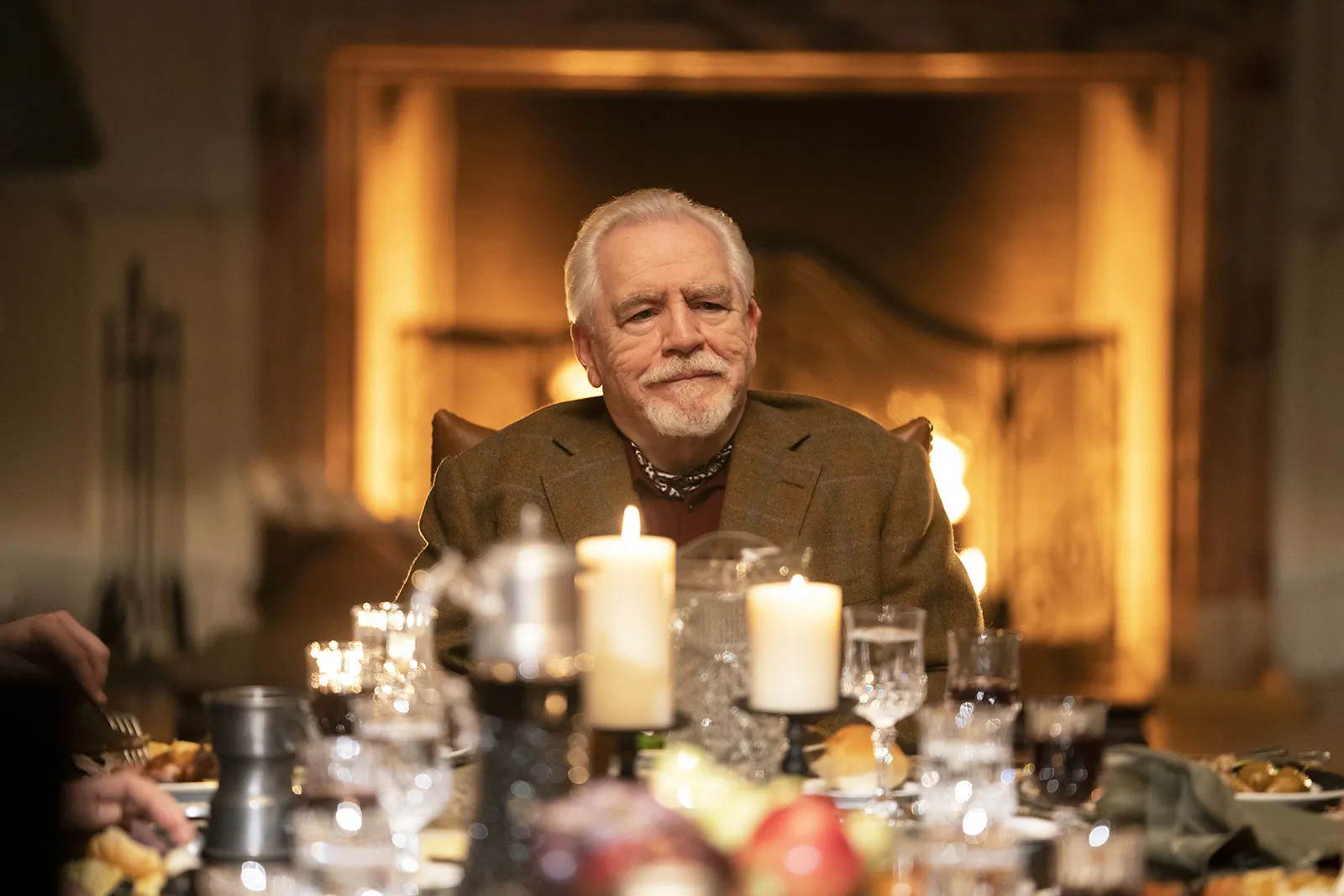
Running for over four seasons, this satirical black comedy and Emmy-nominated water cooler show written and created by Jesse Armstrong follows the Roy family, the owners of global conglomerate Waystar RoyCo. When family patriarch Logan Roy suffers a heart attack leading to his decline in health, it results in a series of backstabbing and power plays between siblings Kendall, Shiv, and Roman, along with their older brother Connor, and the rest of the family, as well as the employees of the company. Factions begin to form with the siblings vying for prominence within the company.
Jesse Armstrong takes the armor of the business jargon but explores inward towards the excess, and through that evolves the characters and then pushes them back again. The show makes it a point to build each character up, give them a high for the majority of their runtime that season, and then tear them down, leaving us the scraps to feast on. It highlights the futility of the siblings’ constant cycle of seeking power and validation, showing how they can’t escape it. Each Roy sibling desperately vies for their father’s approval, while Logan exploits their neediness.
This toxic dynamic is a form of emotional abuse, with the children, who are just grown-up kids, being mentally and emotionally crippled by their manipulative father and absent mother. Their only showcase of love is through circular talk, colorful insults, and twisty language, which would make any aficionado of the English language cackle in glee. This is a show that revels in us rooting for unlikeable characters. The writing and structure turn cringe-worthy moments into dark comedy, as these characters’ errors snowball into catastrophic meltdowns, and it’s utterly fascinating to watch.
Also Read: 19 Best HBO Shows of the 21st Century (So Far), Ranked
5. The Leftovers
Creator – Tom Perotta, Damon Lindelof | No. of Seasons – 3 | No. of Episodes – 28
Based on Tom Perotta’s 2011 novel, this series by Damon Lindelof and Perotta follows the world three years after a mysterious event titled “The Sudden Departure,” whereby 2% of the world’s population disappears. The series centers around the Garvey family, led by Sheriff Garvey (Justin Theroux), the grieving widow Nora Durst (Carrie Coon), and her brother Matt Johnson (Christopher Eccleston) as we follow the world trying to come to grips with the disappearance and the unsettlement of having to live with it.
What really sets the show apart is not only its lack of interest in providing specific explanations for the departure but also its thorough investigation of the far-reaching effects of a portion of the population being extinct. The show effectively captures the uncertainty of living in a world where events cannot be concretely explained and where shocking moments could become chance and cause desensitization.
This is made possible by its unique blend of tragedy, comedy, and absurdity as well as its genre shift from science fiction to horror to drama tinged with religious intrigue and thematic exploration. However, what really makes the show stand out is how it ultimately decides to deal with hope even amid the bleakness. The performances and the score by Max Richter are haunting and will refuse to leave you, as the nihilism and the slow-burn nature of the narrative threaten to wash over you.
4. Chernobyl
Creator – Craig Mazin | Miniseries | No. of Episodes – 5
Craig Mazin (“The Hangover”), with directorial duties by Johan Renck, tackles this historical drama miniseries about the true tragic event of the Chernobyl disaster of April 1986. Based in large part on the recollections of the Pripyat locals, the show shuttles between the perspectives of the locals, as well as the cleanup crew and the scientists involved in the response and cleanup of the disaster efforts. It also extensively focuses on the staff at Chernobyl and their complicity in contributing to the disaster.
It begins as a straightforward, harrowing account of the accident, then slowly and steadily turns into an indicting look into government policies and the existential dread you feel knowing what has been released unwittingly into the world. Through that, it details not just the capability of humanity to harm its own, but it also showcases resilience amidst the suffering. The story of governmental denial and the lack of responsibility in taking ownership of the tragedy from those in charge is further aided by the dark, moody score, which does offset the somewhat heavily apparent dichotomy-laden depiction of the administration, though one can argue, and I completely ascribe to it, that it does work for a show not afraid to take some creative liberties to provide maximum impact due to its sharp and incisive writing.
3. Band of Brothers
Creators – Tom Hanks, Steven Spielberg | Miniseries | No. of Episodes – 10
Based on Stephen Ambrose’s non-fiction book, this 10-episode limited series created by Tom Hanks and Steven Spielberg, and showrun for the most part by Erik Jenderen, is a dramatic retelling of the exploits of Easy Company. The story centers around the paratrooper training of the 2nd Battalion of the 101st Airborne regiment, before following their participation at the Western Front during World War II. Each episode also begins with interviews with some of the real-life survivors of Easy Company.
Ostensibly a spiritual sequel to “Saving Private Ryan,” “Band of Brothers,” due to its longer runtime and its expansive treatment, allows the viewer to not just connect with the members of Easy Company but also viscerally experience the horrors of war. Understanding its treatment, where heroism is accompanied by violin strings or potent conversations, needs the realities of war as its direct counter to hammer home the impact, and “Band of Brothers,” while not the first, is easily the most effective in maintaining this balancing act without compromising one over the other, and when push comes to shove, making viewers understand the logistical complexities of corralling soldiers to war.
2. The Sopranos
Creator – David Chase | No. of Seasons – 6 | No. of Episodes – 86
David Chase’s crime drama television series follows Tony Soprano, a mob boss leading his family in New Jersey, having to balance his personal and professional life and reluctantly taking the assistance of therapist Dr. Melfi. It starts out as a spoof, slowly peeling back to understand the pathetic nature of the mobsters within the Italian-American mafia, before suddenly pivoting and ultimately making the viewers see the true nature of an anti-heroic protagonist. There is a specific understanding of why shows like “Breaking Bad” and even recent outings like “The Penguin” owe their existence to “The Sopranos.”
Chase’s humanistic, yet unflinching exploration of Tony Soprano as a character allows actor James Gandolfini’s charm to wash over the viewers, leading them to root for him before Soprano does one despicable action after another. The internal conflict of family vs. family and the laughably faulty balancing act by Tony are further exacerbated by how Soprano actually inadvertently uses his therapy sessions as a powwow table to solve his issues within the mafia. But it’s also remarkable as a show in how Chase takes major swings, both in terms of the form of filmmaking and storytelling, as well as how much he relishes in the anticlimax, as both a form of construction and deconstruction of the mob genre. “The Sopranos” truly was the first harbinger of “prestige TV,” a novel for television, if you will, upended only by the entry at the top of this list.
1. The Wire
Creator – David Simon | No. of Seasons – 5 | No. of Episodes – 60
David Simon’s “The Wire,” loosely based on the experiences of his writing partner Ed Burns as an ex-police officer and a school teacher, as well as David’s own experiences as a reporter for the Baltimore Sun, is a bleak yet exhaustive study of the city of Baltimore through the perspectives of multiple characters belonging to a specific professional strata—the police officers, the drug dealers, the dock workers, the school teachers, and finally the journalists. Very few shows could actually boast of being both a character study of an entire ensemble as well as a detailed study of issues plaguing a city, approached with nuance and unflinching candor. “The Wire” becomes the epitome of a slow burn, an episodic novel on television where cold opens would accompany character exploration before the centering of each character as a defined protagonist would be underway.
While the show had its set of characters as protagonists and antagonists, it was never afraid to shift gears both in terms of the point of view of characters as well as genre. It is still surprising to this day how season 4, dealing with the public school system, coalesces into a heartbreaking tragedy. But that was the beauty of “The Wire,” in how it takes one of the most accessible genres of television—the cop genre—and uses that as a delivery mechanism for Simon’s scathing social critique. “The Wire” is and remains a landmark in long-form storytelling and one of the finest shows to watch.


